A Virtual Museum of
The Orville Gibson Guitar and Mandolin
And Free E-book
Illustrating and Exploring the Development of the Early Gibson Guitar and Mandolin
Created by Folk and Roots Music Photographer Robert Corwin
Featuring Vintage Instruments from the Phyllis, Jerry, and Robert Corwin Collections
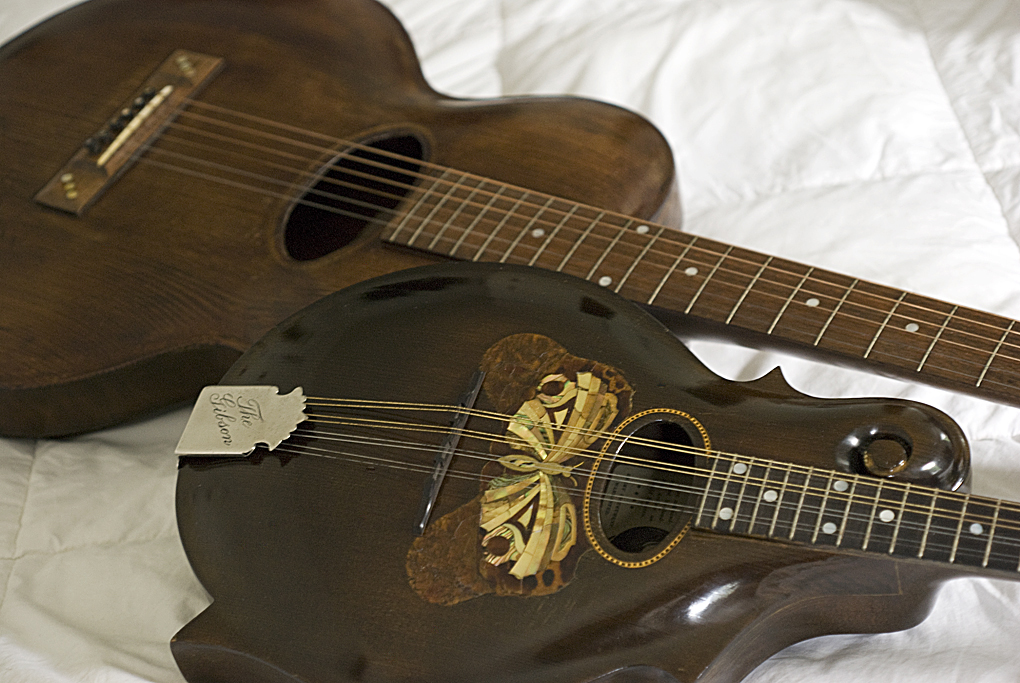
Hand carved by Orville Gibson Arch Top Guitar and F Style Mandolin
Please note: This web site has not been publicly announced yet, and is a work in progress, with lots of holes and place holders.
Not all sections are complete - many have not even been started yet. Not all links work. If you've stumbled on this site,
feel free to enjoy what's here, and check back for further additions if you wish, knowing it will take some time before the site is finished.
And, for the time being, let's please keep this web site our little secret, between you and me!
Download the above image as a 1680 pixel Screensaver, free for your personal use as my gift to you!
The Gibson Mandolins and Guitars
Made by Orville H. Gibson
1898 Orville H. Gibson Style O Archtop Guitar
Hand Carved by Orville Gibson
Formerly of the Chinery Collection
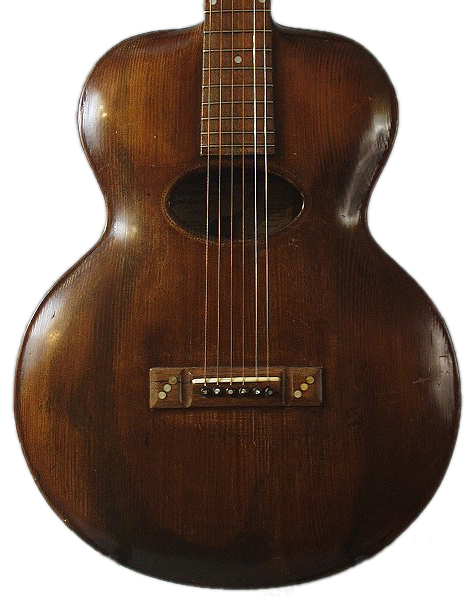
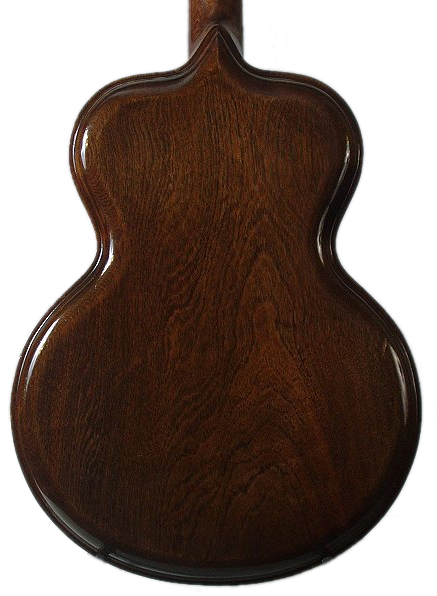
Illustrated on p. 14 of Chinery
Illustrated on p. 20, 70, 71 of Boston Museum of Fine Art "Dangerous Curves"
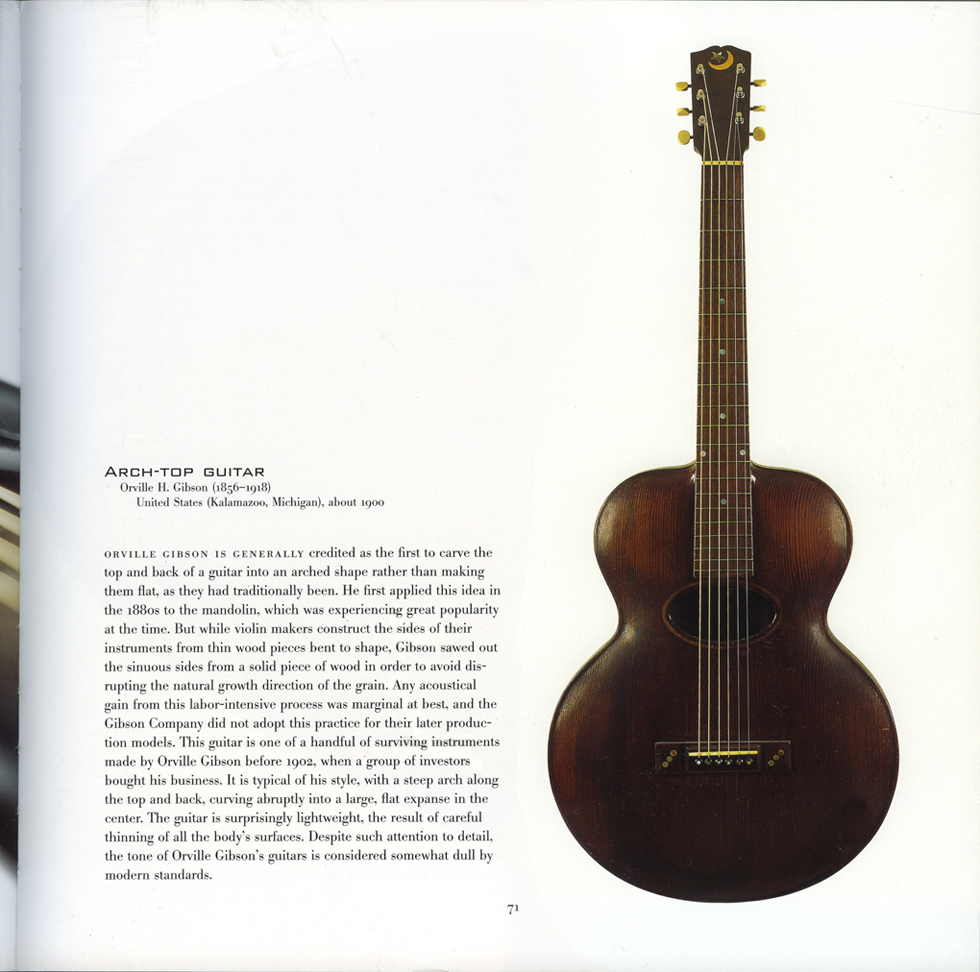
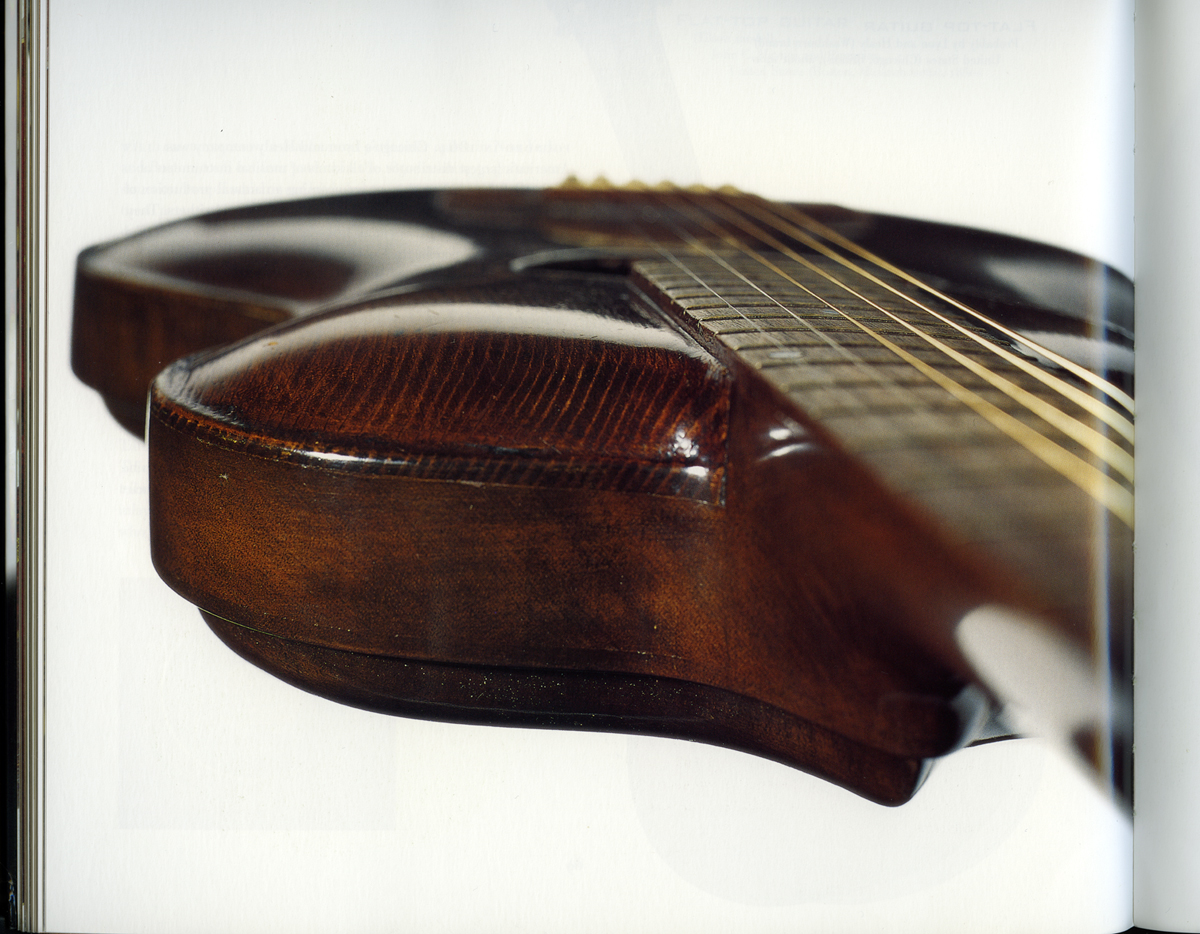
The early Orville guitar had only a single lateral brace on the hand carved top, no braces whatsoever on the back, and no neck block, only a hole leading to the hollow space in the heel of the neck.
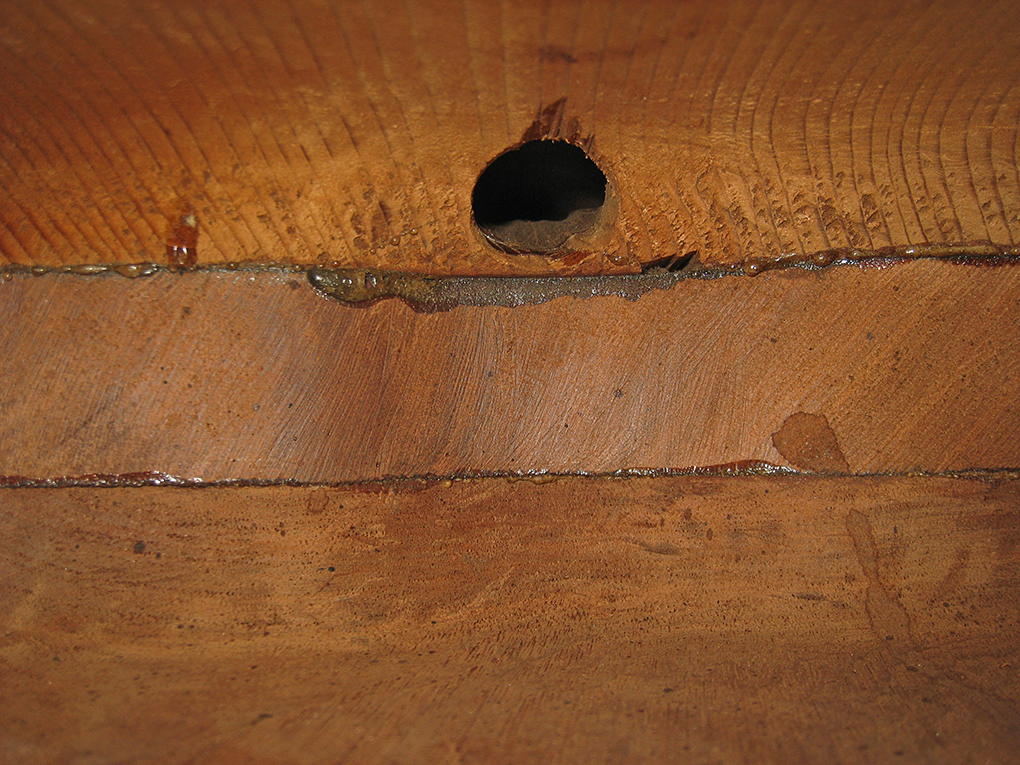
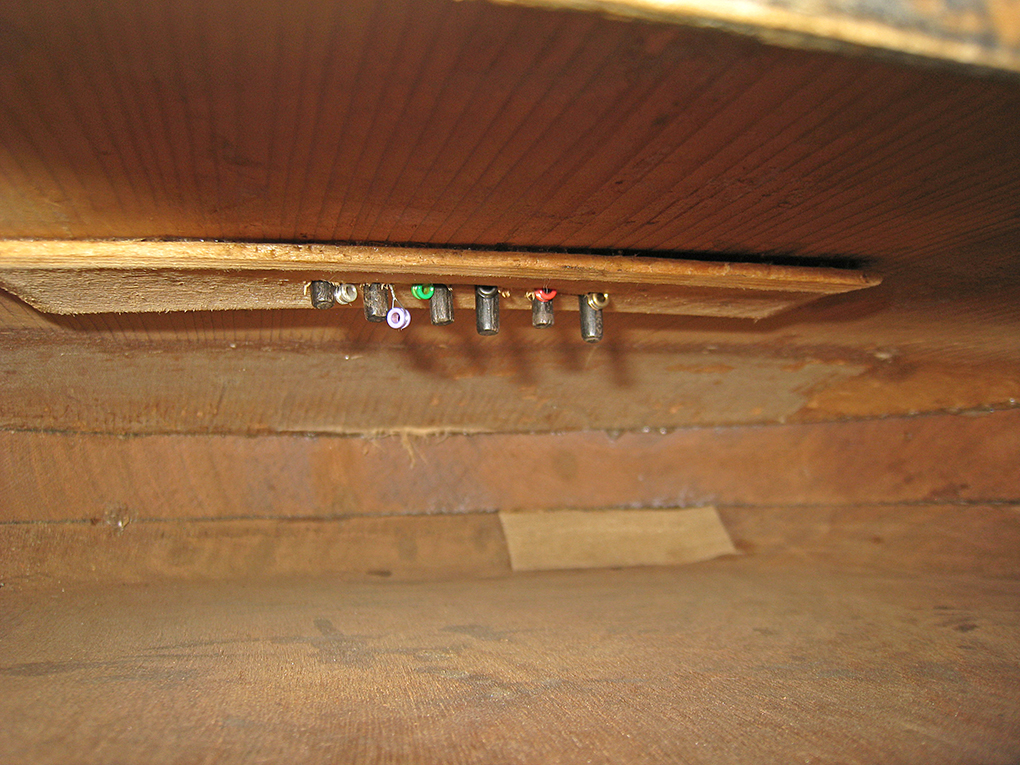
The label in this guitar has the patent date of February 1, 1898 written by Orville Gibson's hand.
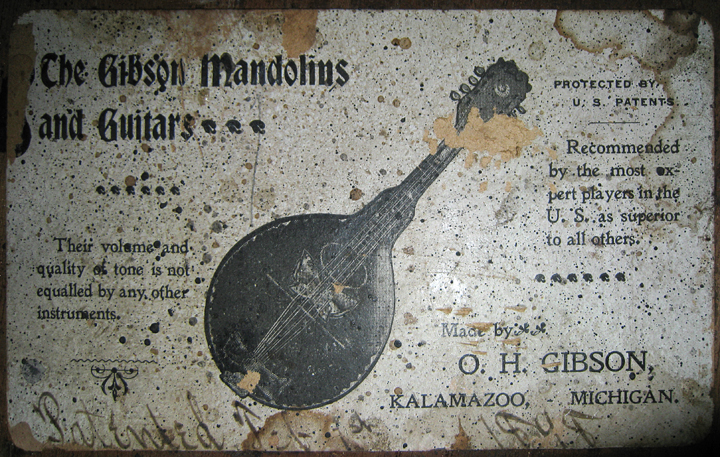

1900 Orville H. Gibson Style F Mandolin
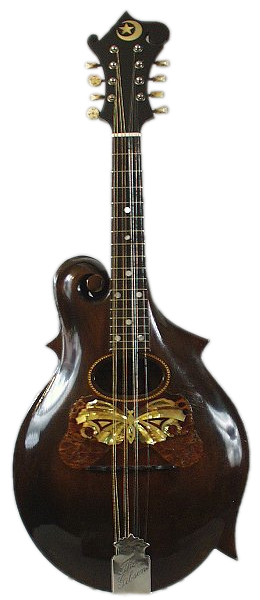
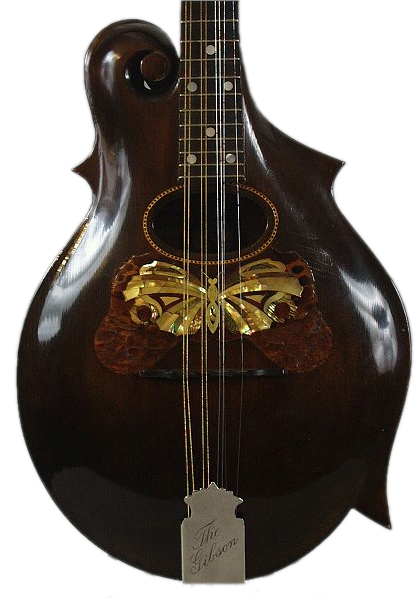
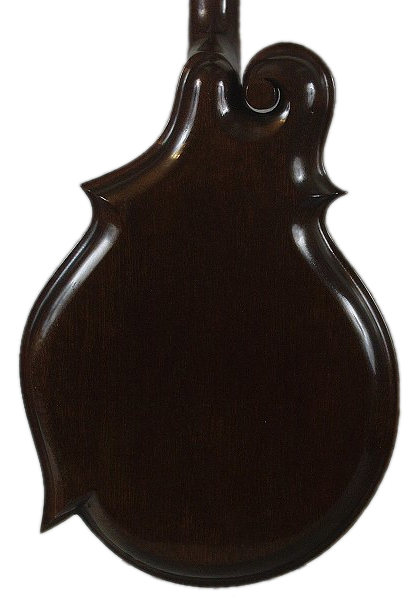
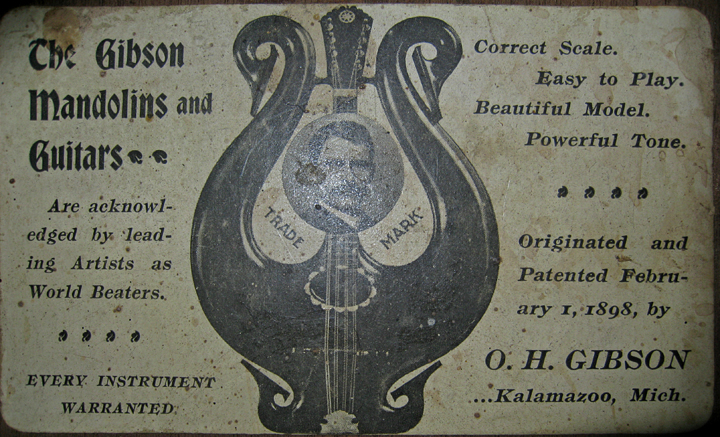
Illustrated in Bacon, "The History of the American Guitar"
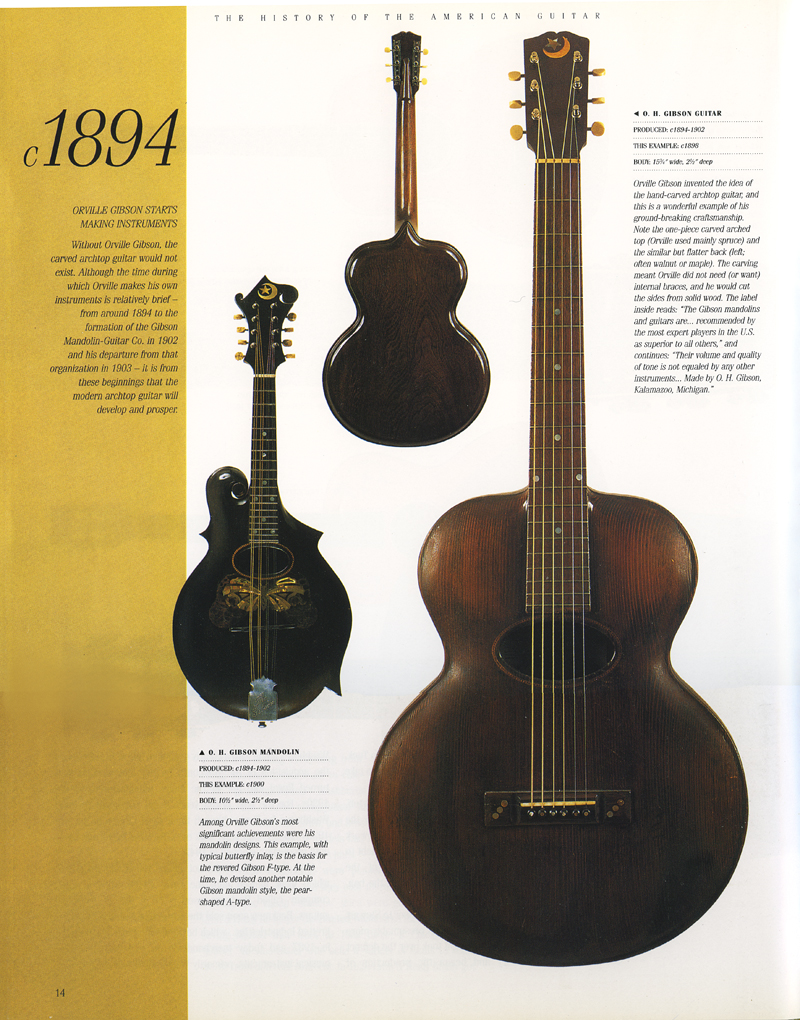
1901 Orville H. Gibson Style A Mandolin
Besides the archtop guitar and "F style" mandolin, the third basic style of instrument designed by Orville Gibson in a few early years, the Style A mandolin, also endured as a mainstay of the Gibson line for many years to come.
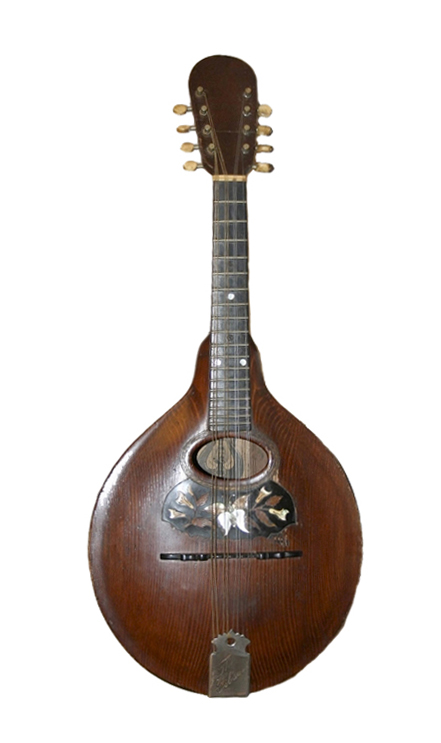

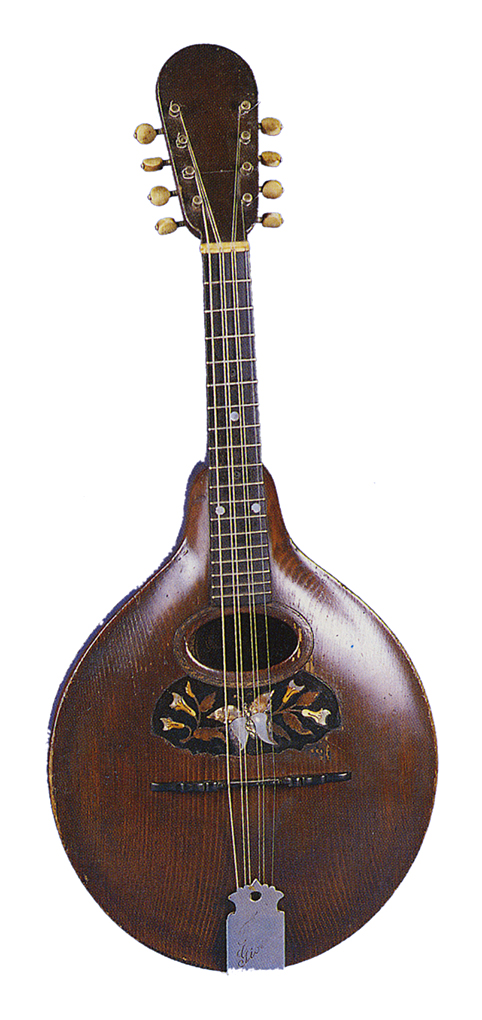
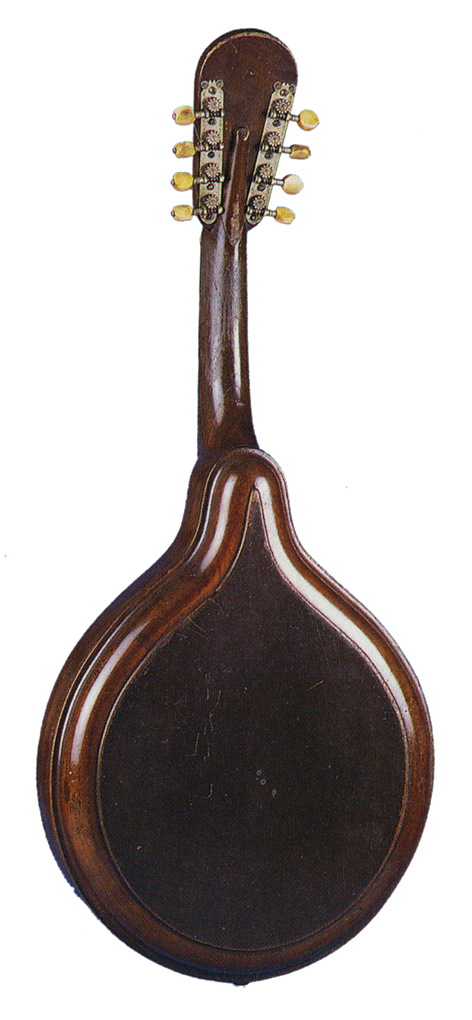
Illustrated in Gruhn and Carter, "Acoustic Guitars, a Photographic History"
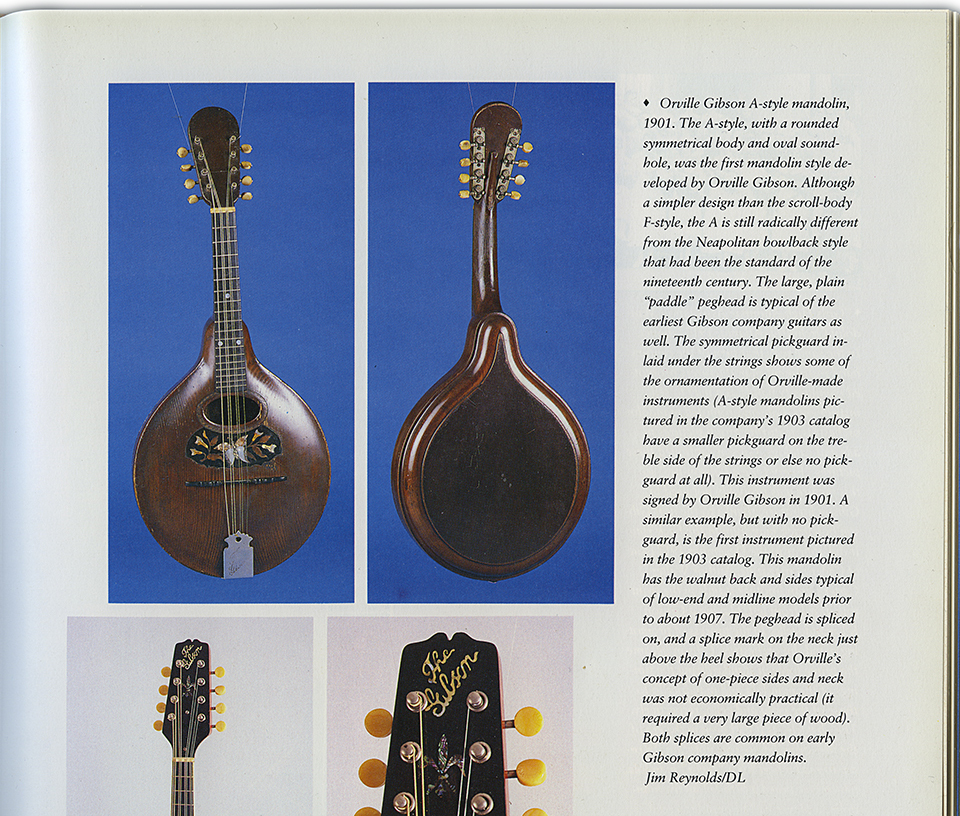
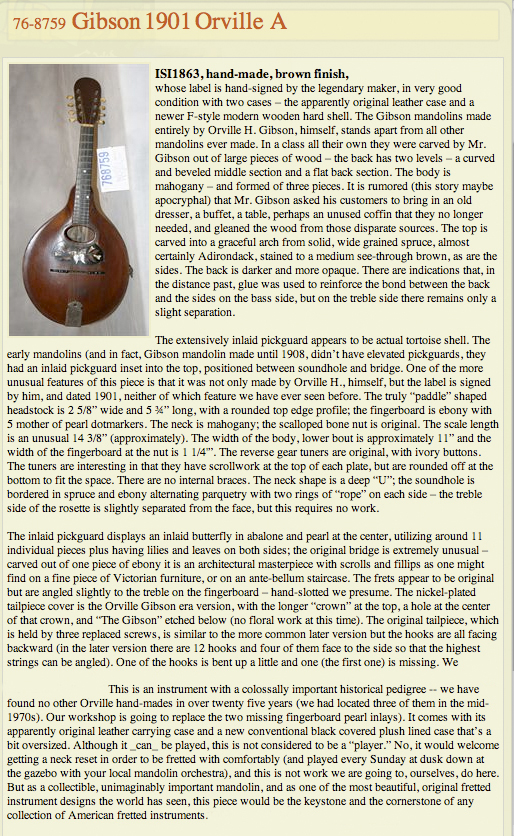
This "A Style" mandolin is the only instrument from the pre-Gibson Company era known to have a hand made label signed by Orville Gibson.
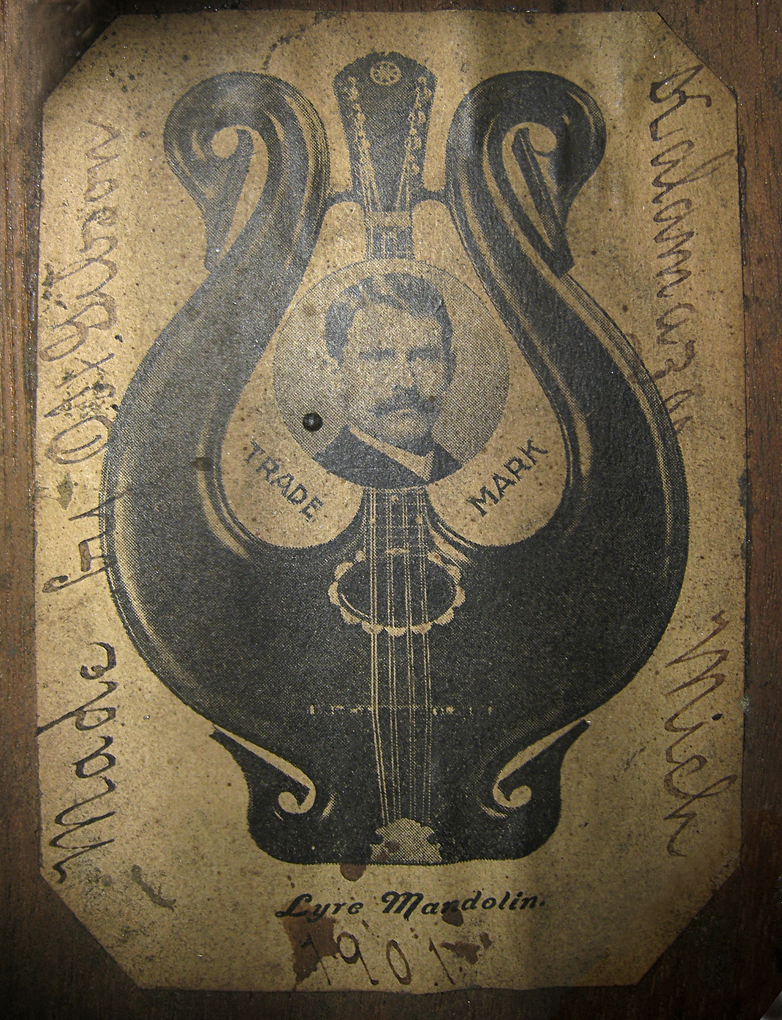
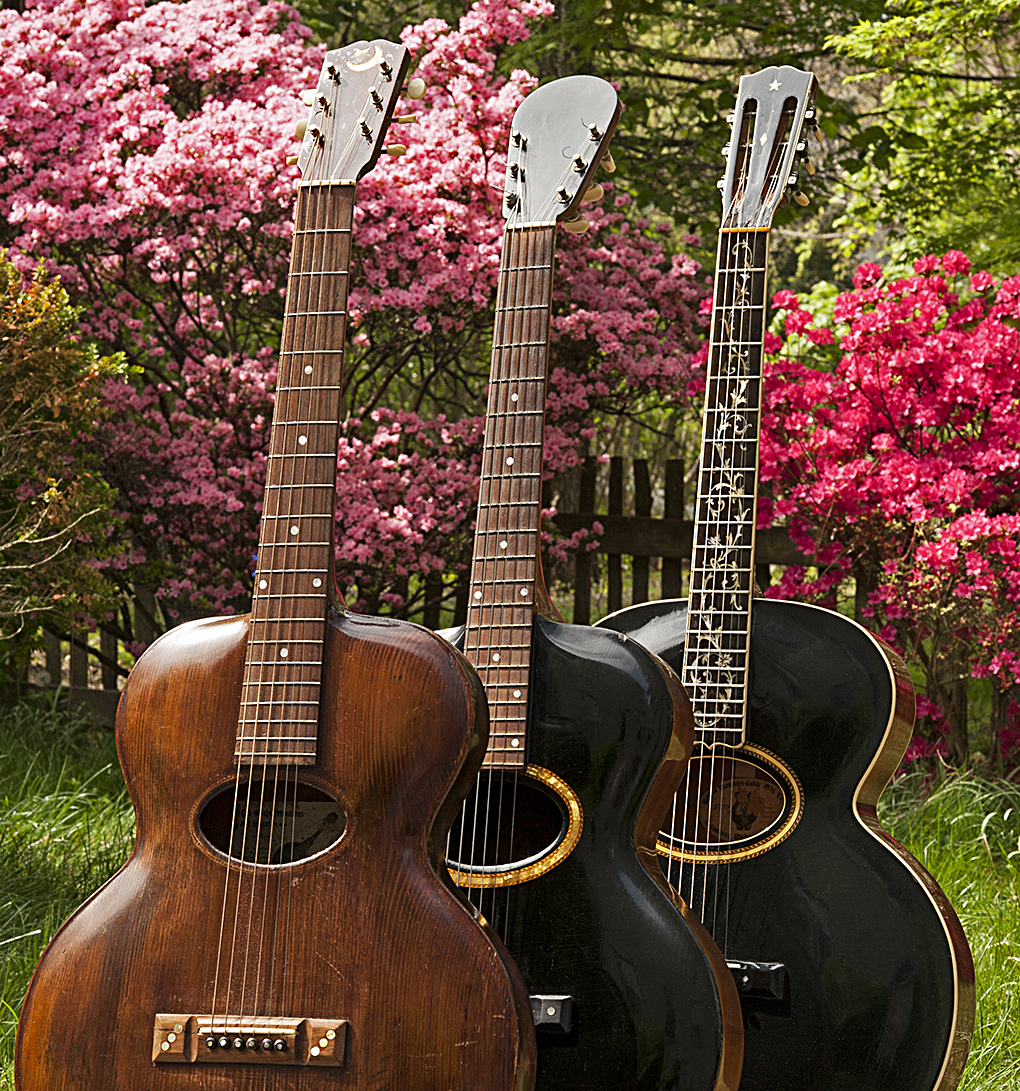
Instruments Made by
Gibson Mandolin - Guitar Mfg. Co. Ltd.
The Gibson Mandolin -Guitar Mfg. Company was born when a group of investors purchased the business from Orville Gibson in 1902.
1904 Gibson Style O
Early Gibson Company version of the Style O, quite possibly built by Orville or under his supervision while he was training the new workers to follow his designs.
Still with carved back and sides with no braces, and rims constructed from one solid piece of walnut.
Serial Number 2625

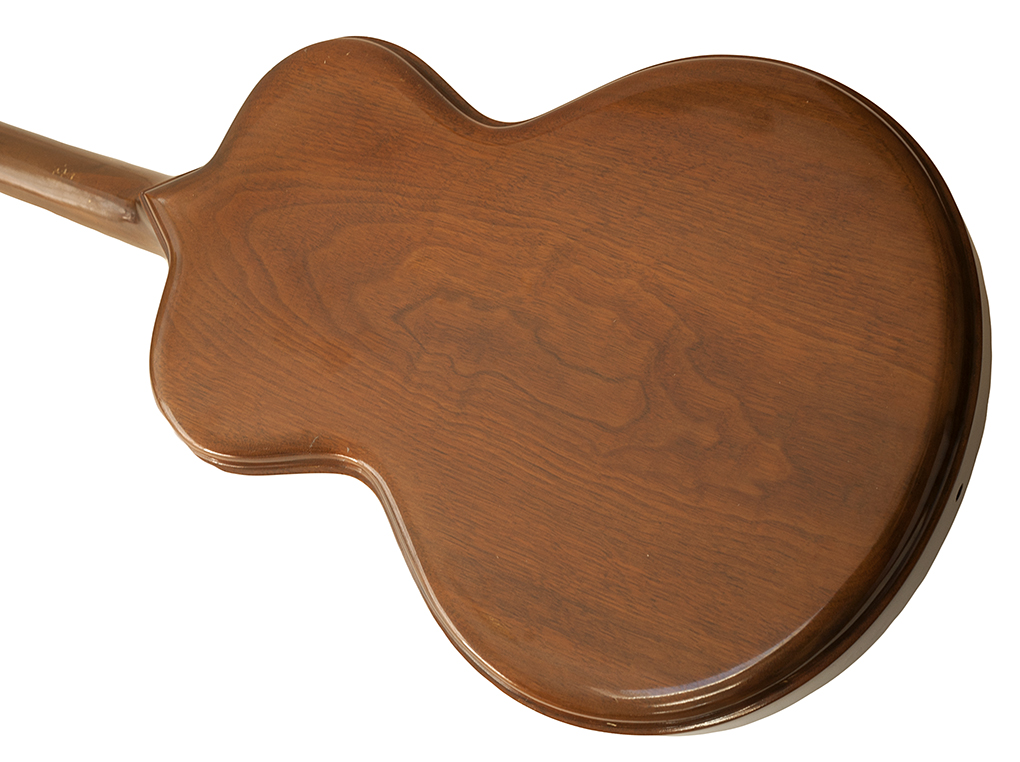
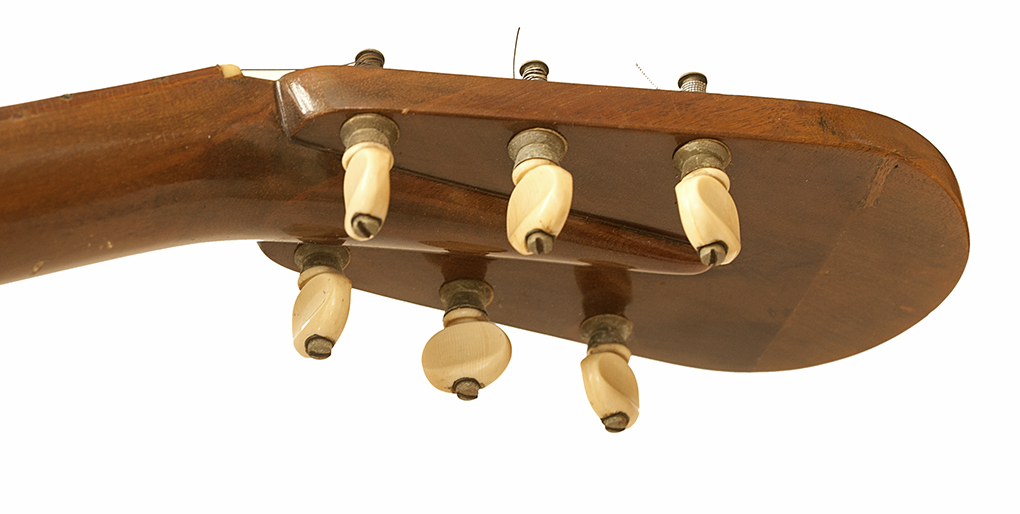
The early Gibson Co. guitar also has no braces and no neck block, and a hole leading to the hollow space in the heel of the neck.
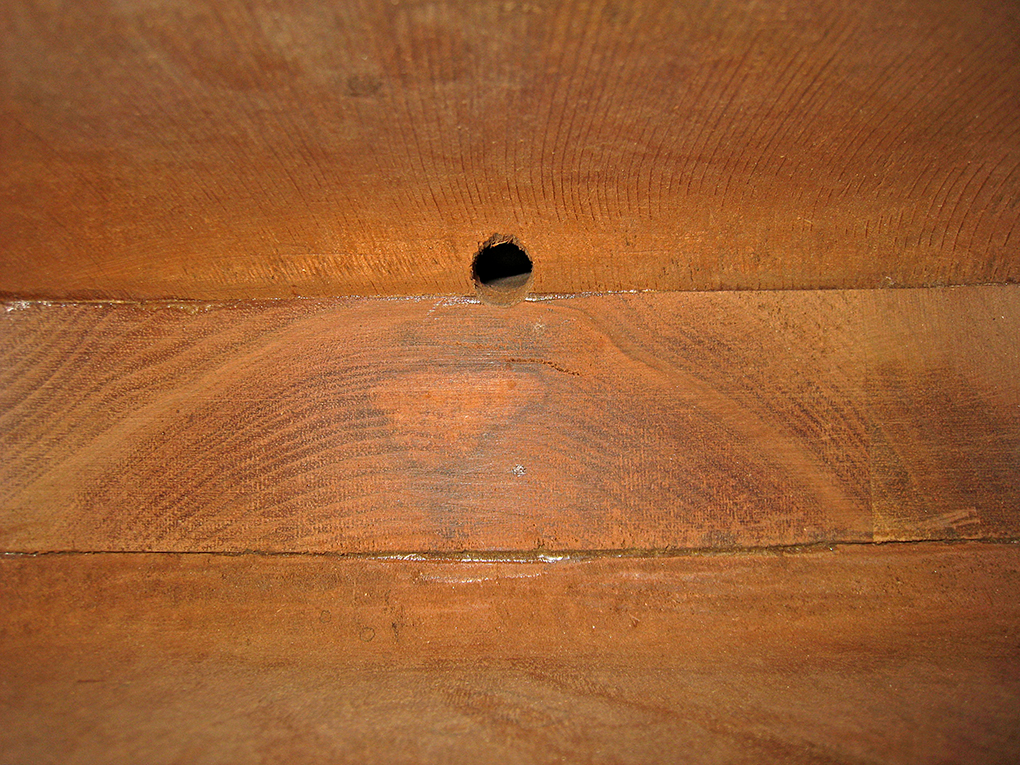
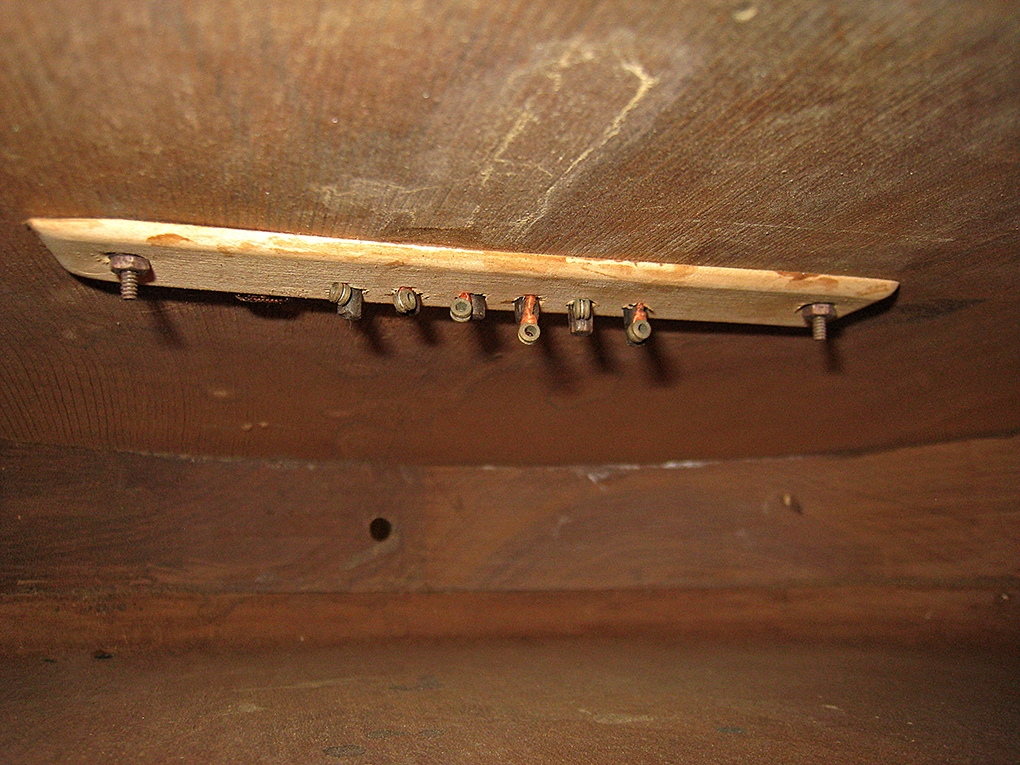
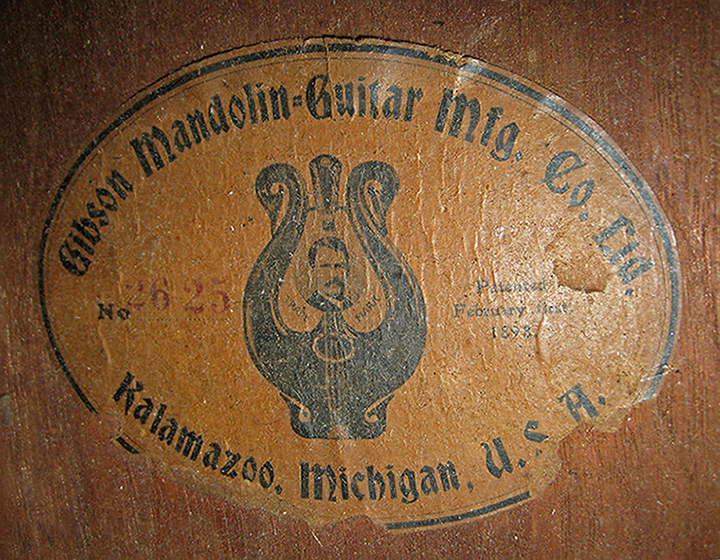
1904 Gibson Style A Mandolin
Early Gibson Company version of the Style A Mandolin.
Serial Number 2863
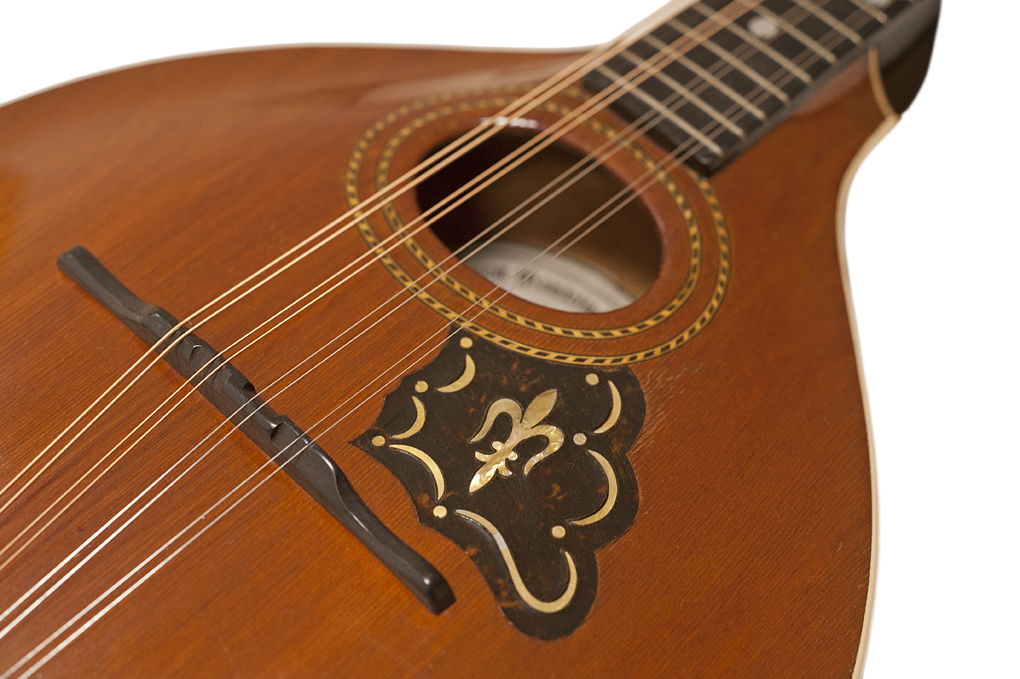
The slanted "The Gibson" logo appeared on some early Gibson Company instruments, while many had a blank headstock or a star.
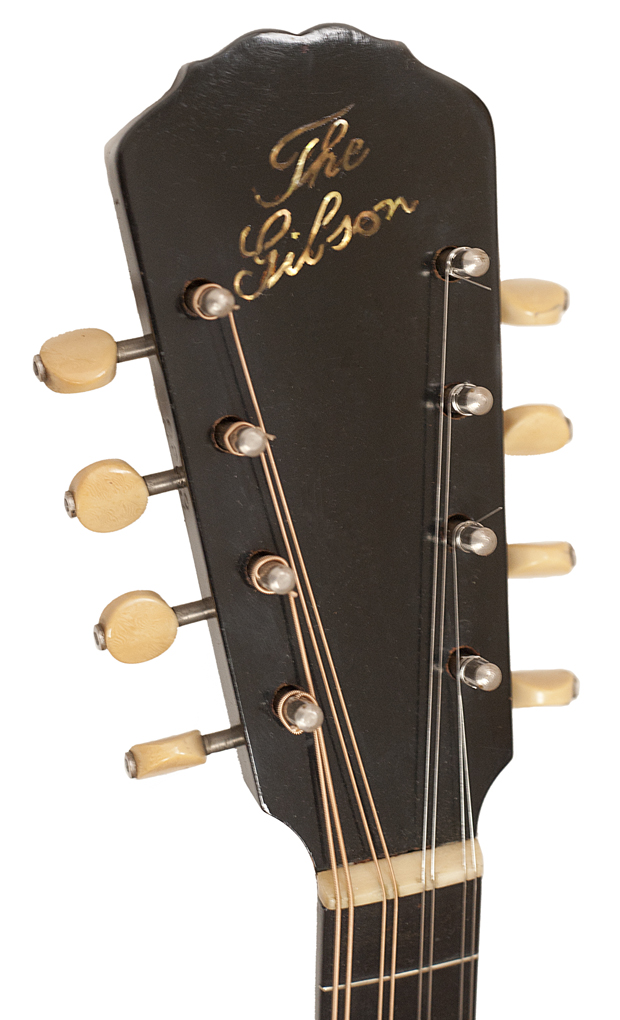
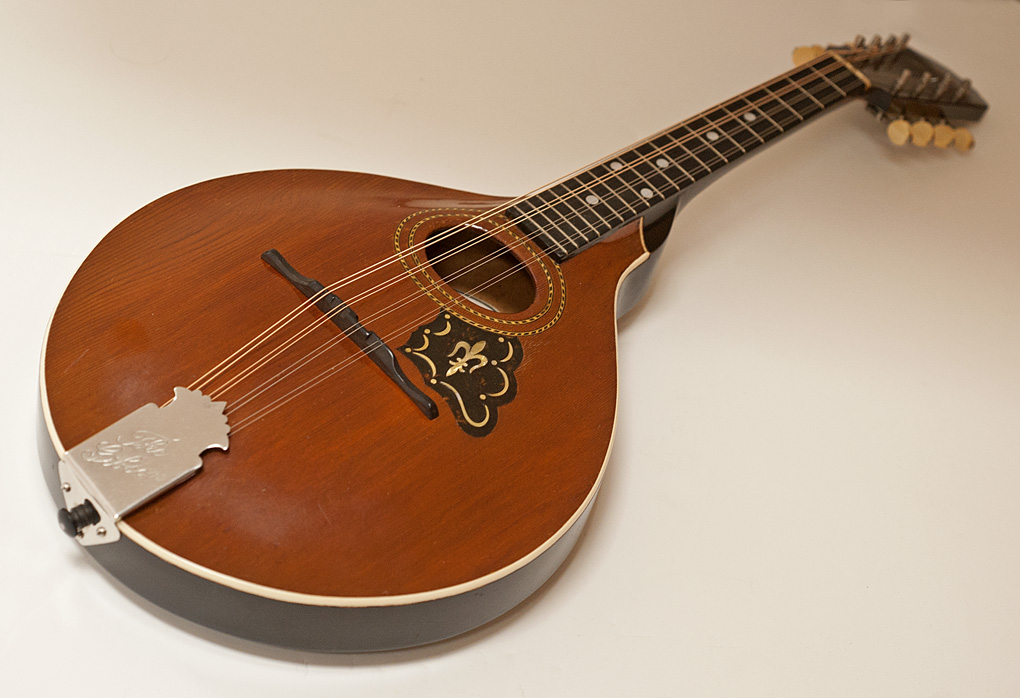
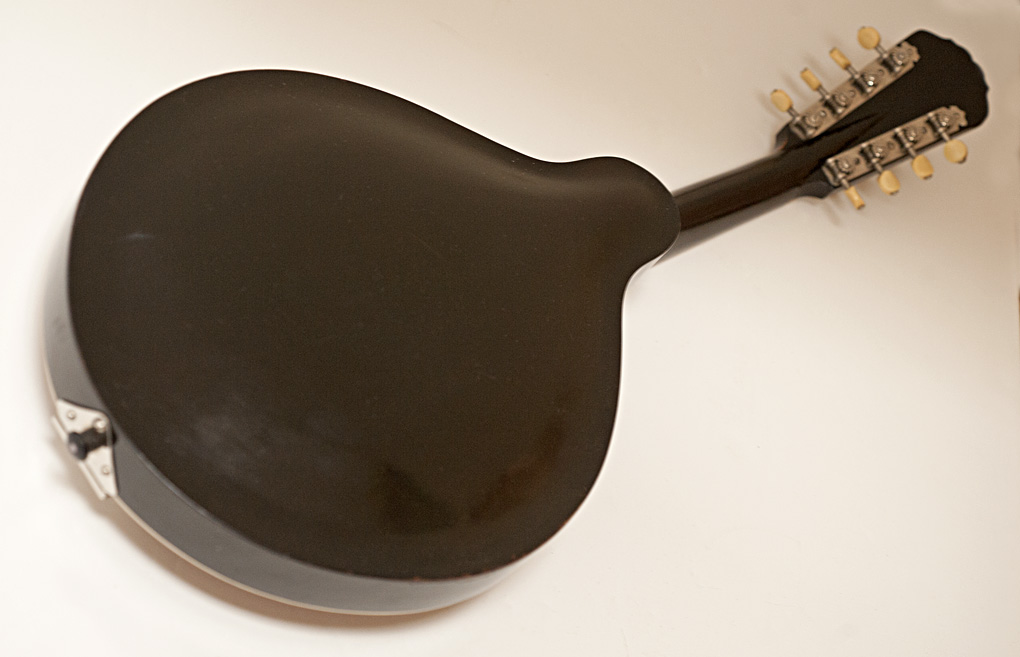
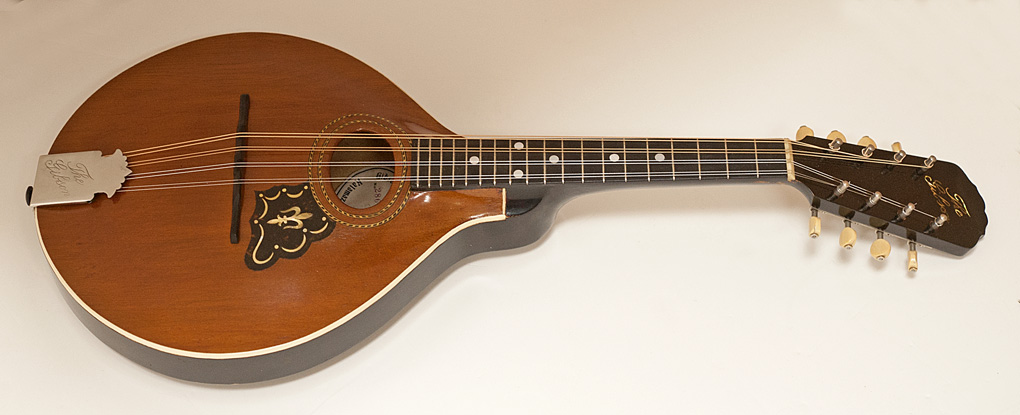
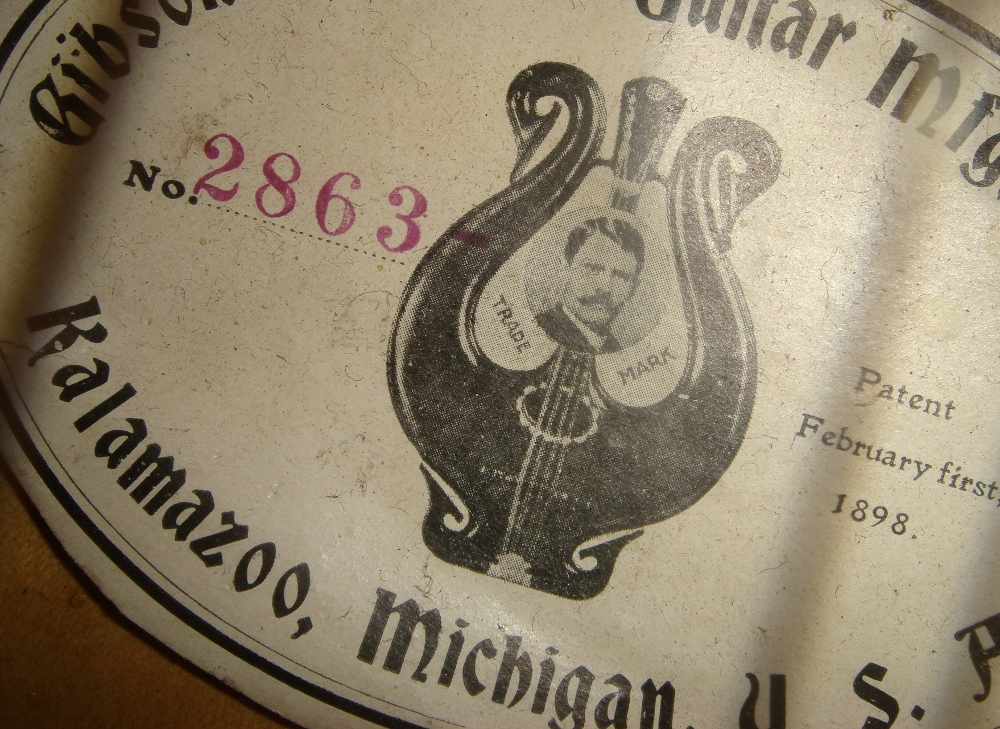
1905 Gibson Style L1 Guitar
Early Gibson Company version of the Style L-1 Guitar.
12 1/2" Wide
22 3/4" Scale
Serial Number 4540
Order Number 240

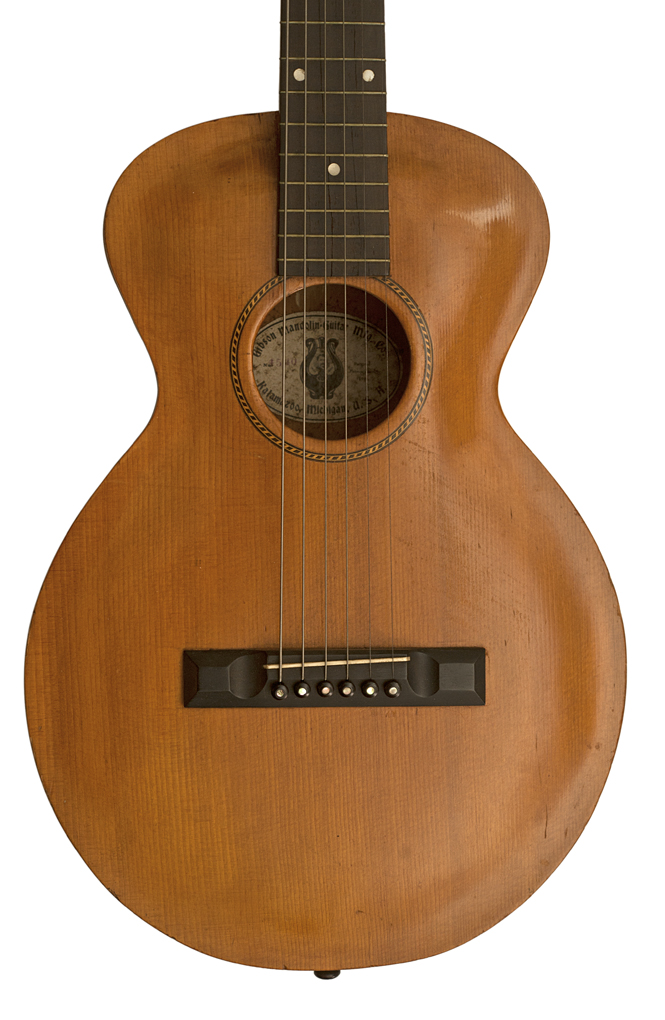
Note that the heel cap is an extension of the back, as it is on Orville's guitars.
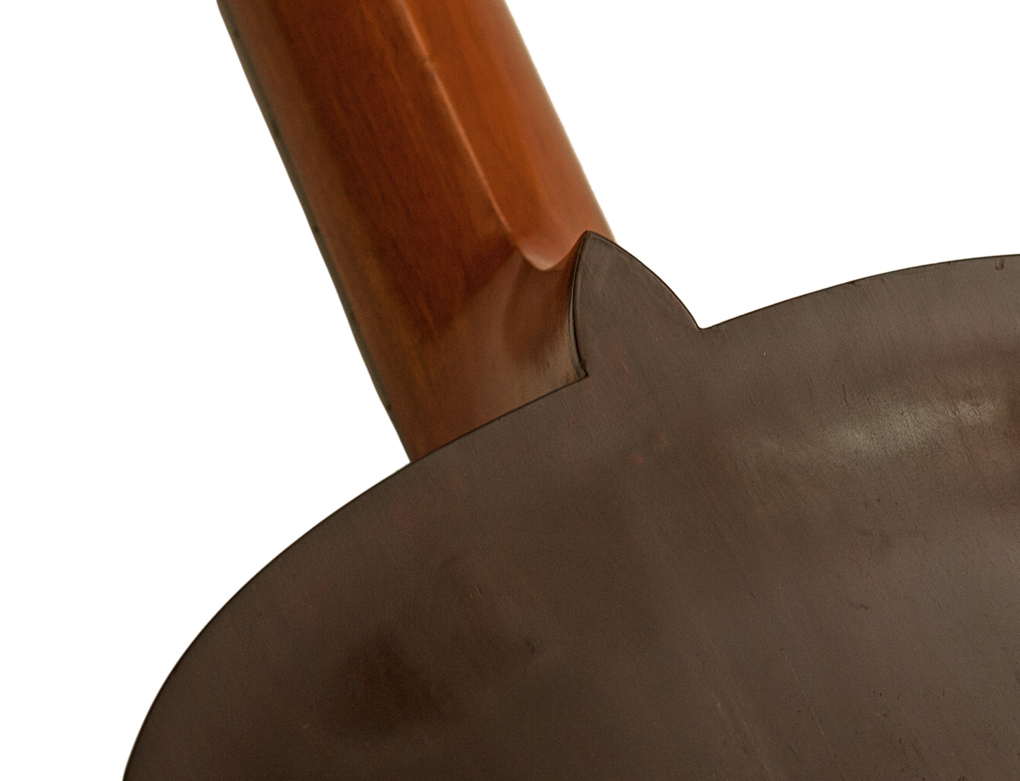
And note the large bridge, with the thick, rounded lower bout and square, raised wings, similar to that used by Orville, and nearly identical to that used on the 1904 Style O above, but for the compensated ivory saddle replacing the straight fretwire saddle.
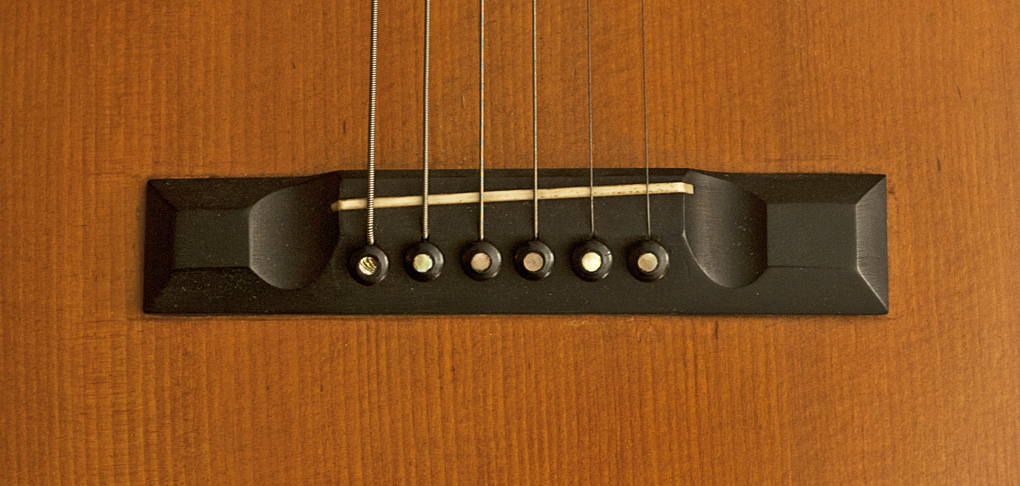
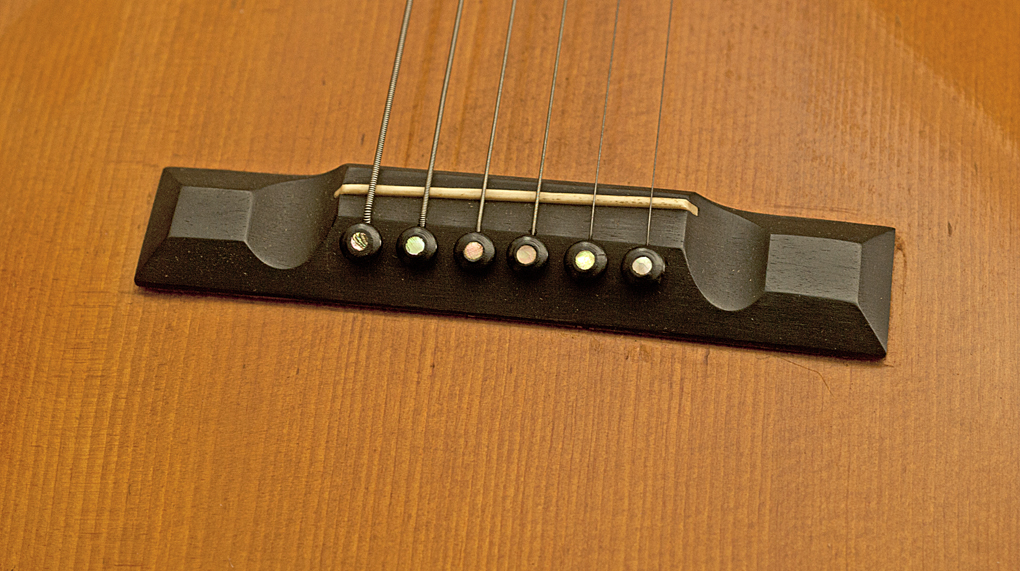
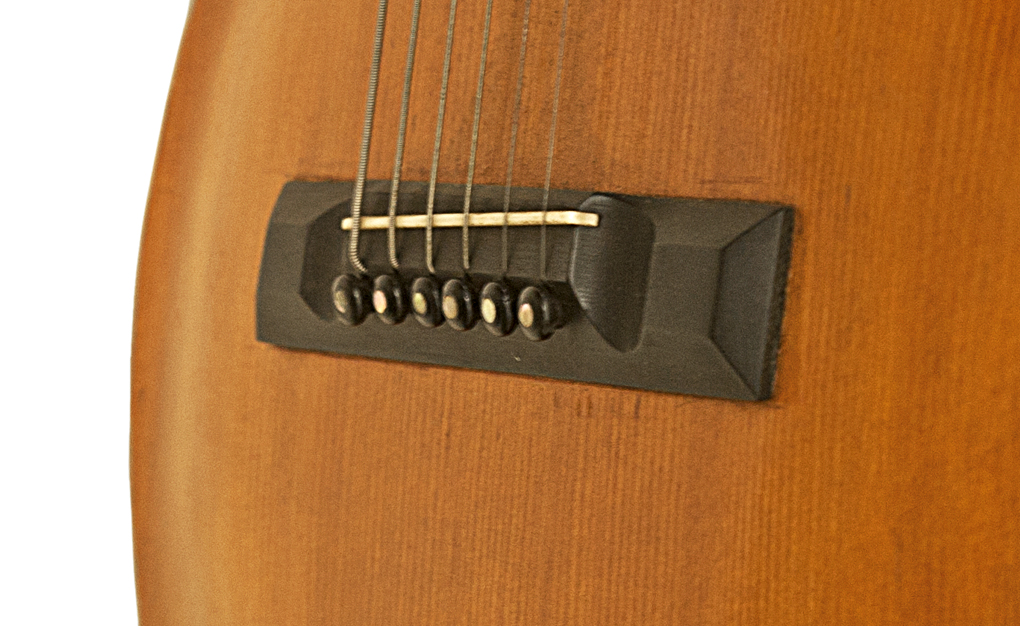


This early Gibson Company guitar is the first I've seen that includes the words "Order No" on the neck block. If ever proof were needed that the number stamped on the neck block of Gibson Guitars is the Factory Order Number, and the serial number is stamped on the interior label, this guitar provides that proof.
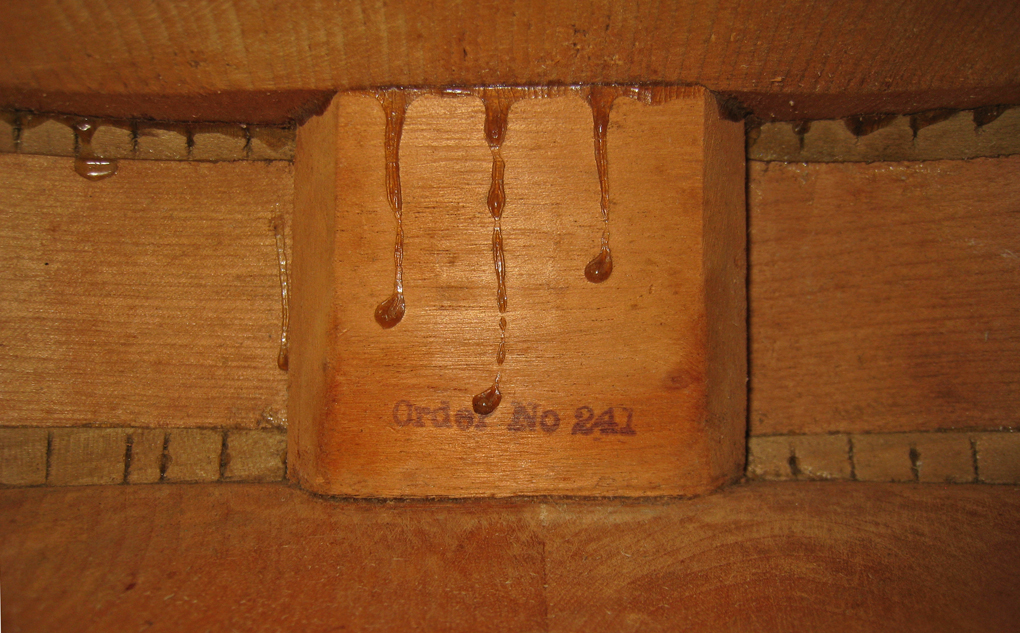
This early Gibson Company guitar has a single 3 1/2" brace under the carved top, below the sound hole, and not a single brace on the back.
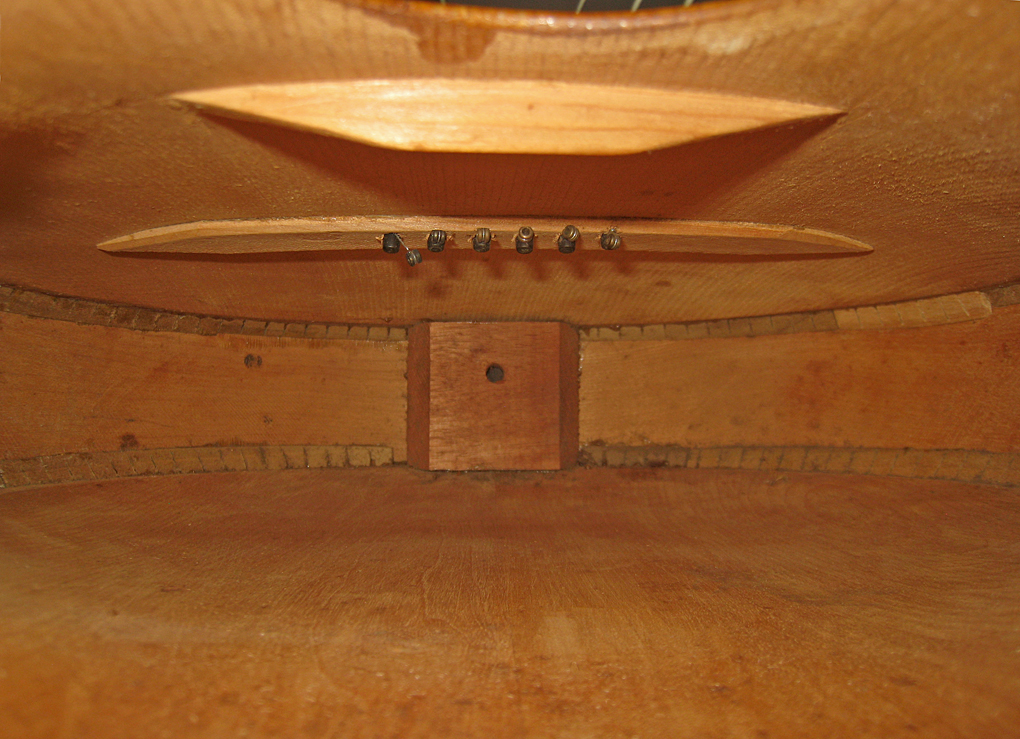

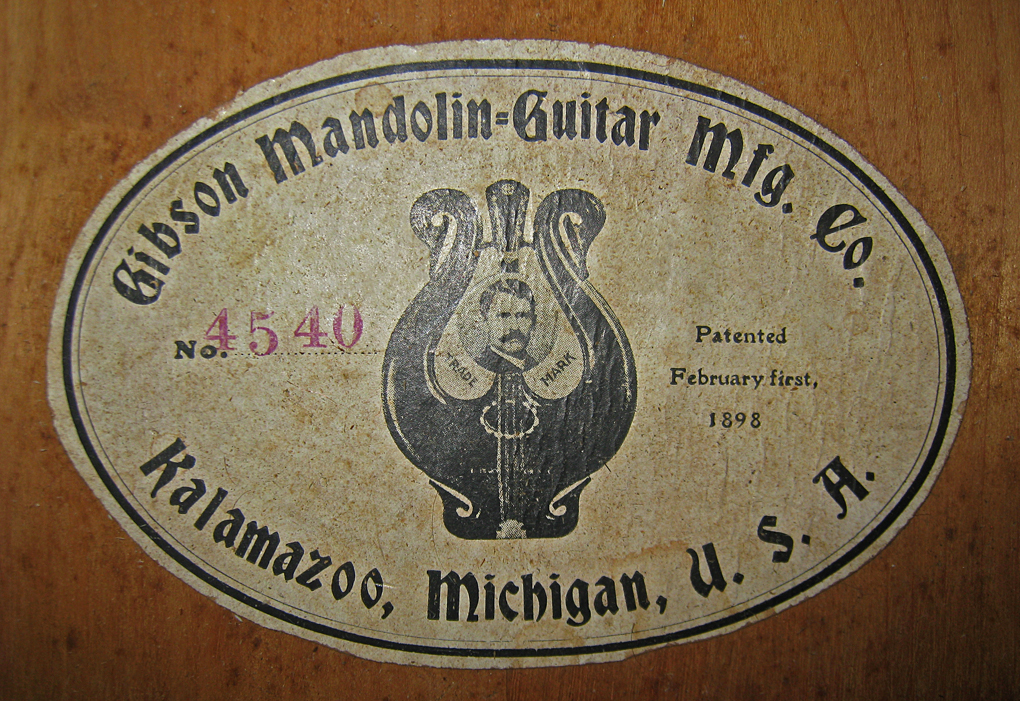
1906 Gibson Style F2 Artist Mandolin
Early Gibson Company version of the Style F Mandolin.
Serial Number 3959
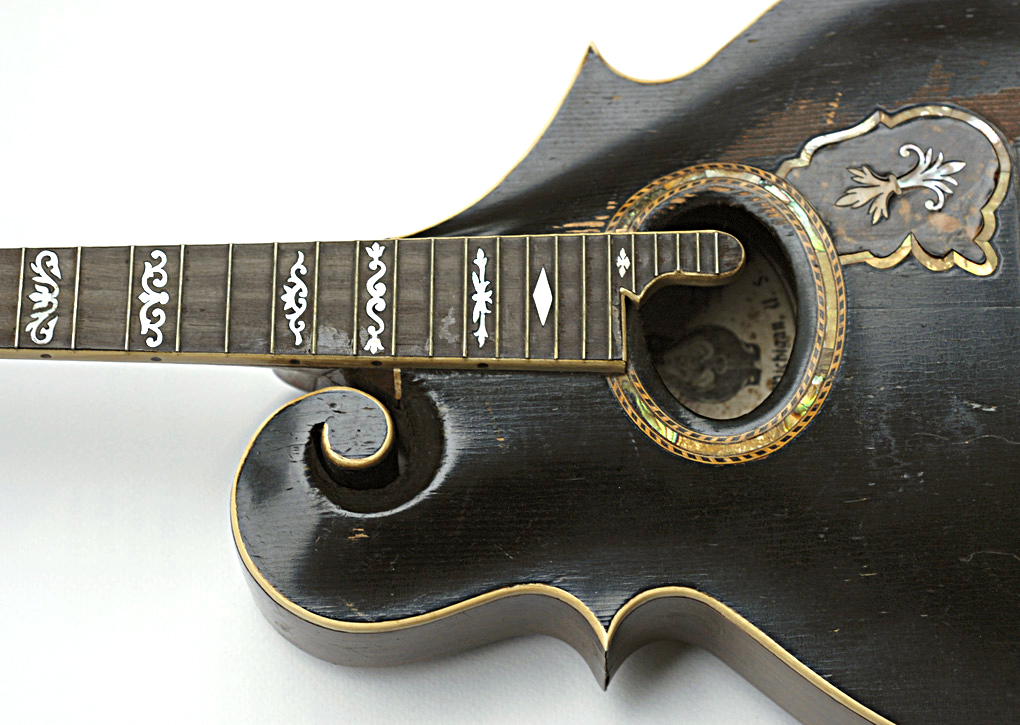
Early Gibson "3 point" F Style mandolins were built with an added point on the bass side that disappeared in the early teens.

The early Gibson mandolins had an inlaid pickguard that was replaced by a raised pickguard by 1907.
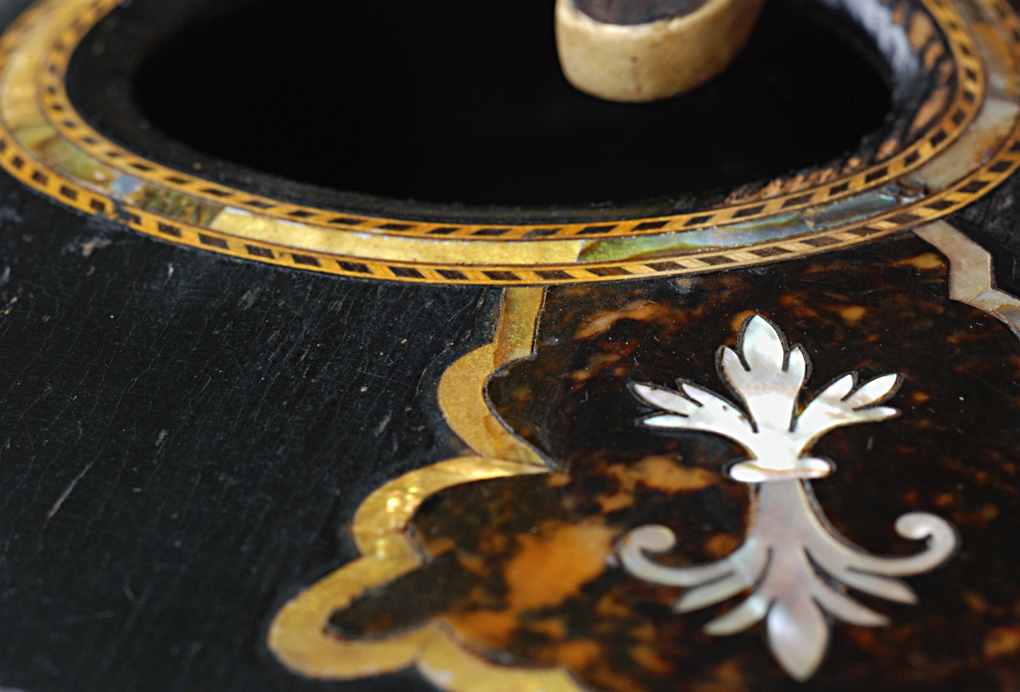

1906 Gibson Style L1
Early Gibson carved arched top and arched back Style L1 guitar with slotted headstock.
Serial Number 5486
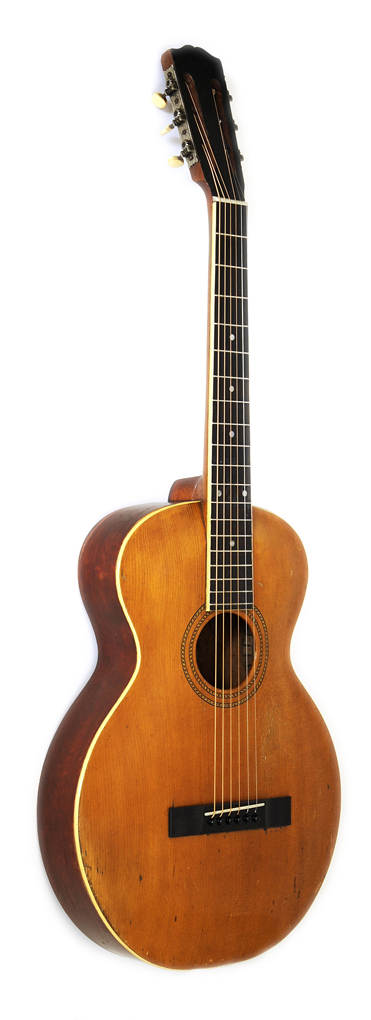

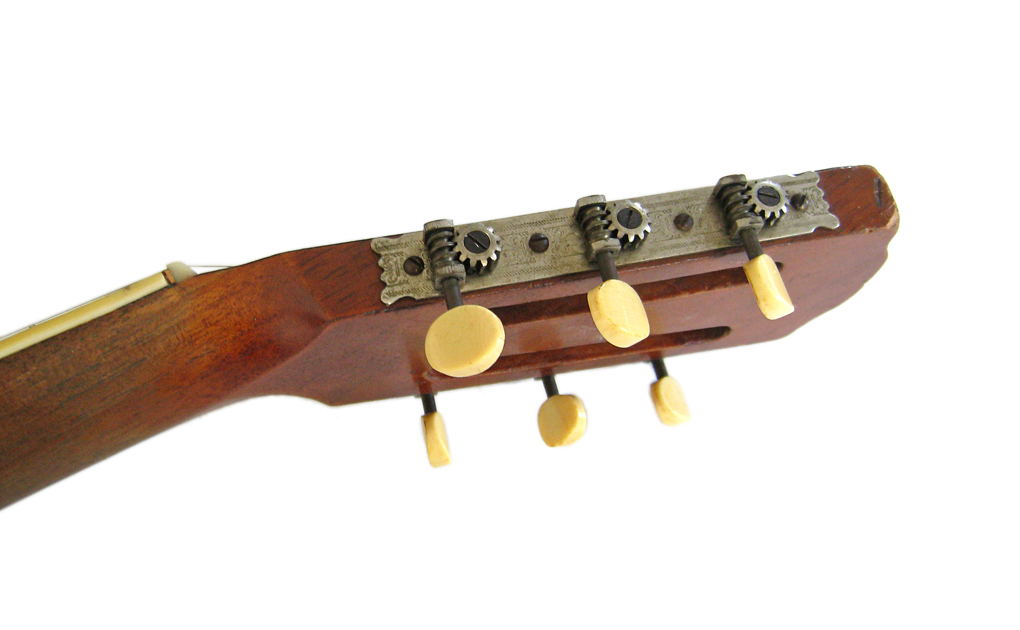
1907 Gibson Style O
Serial Number 5779
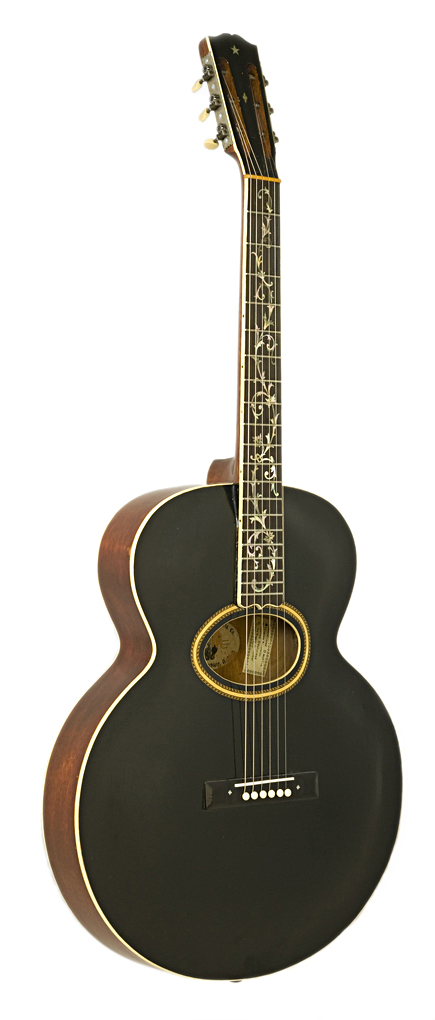
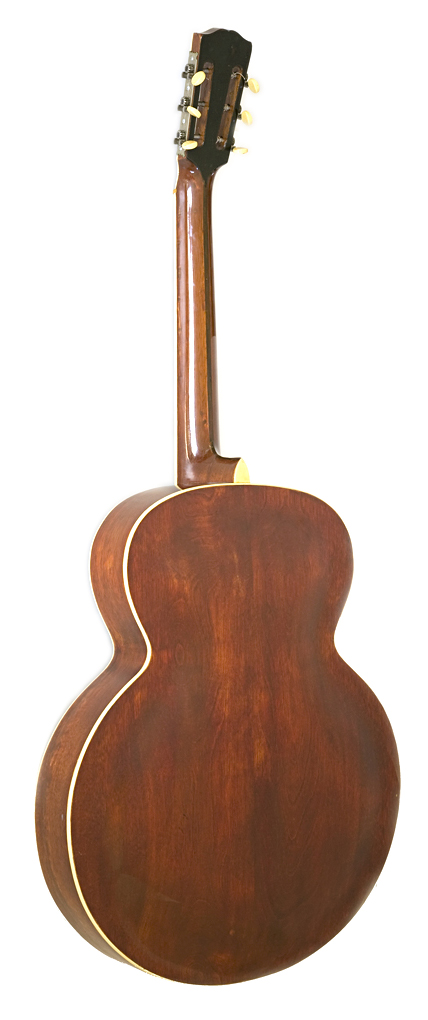
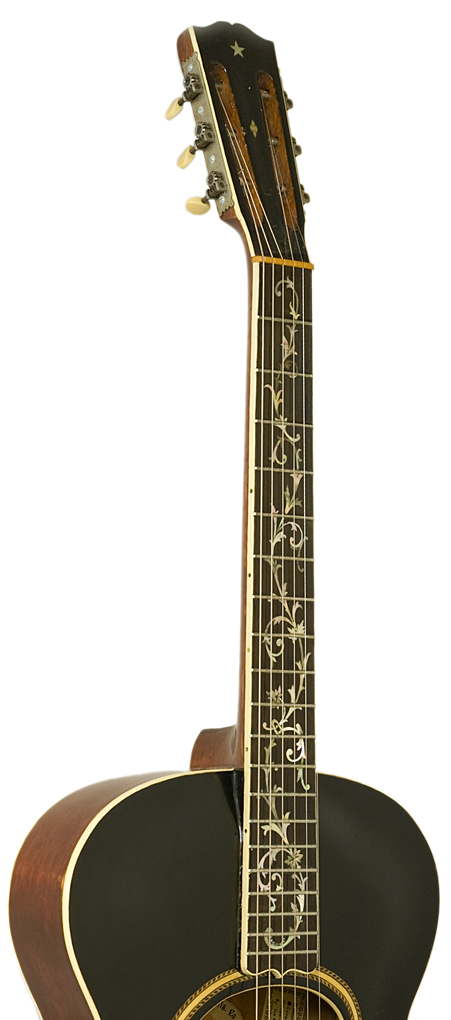
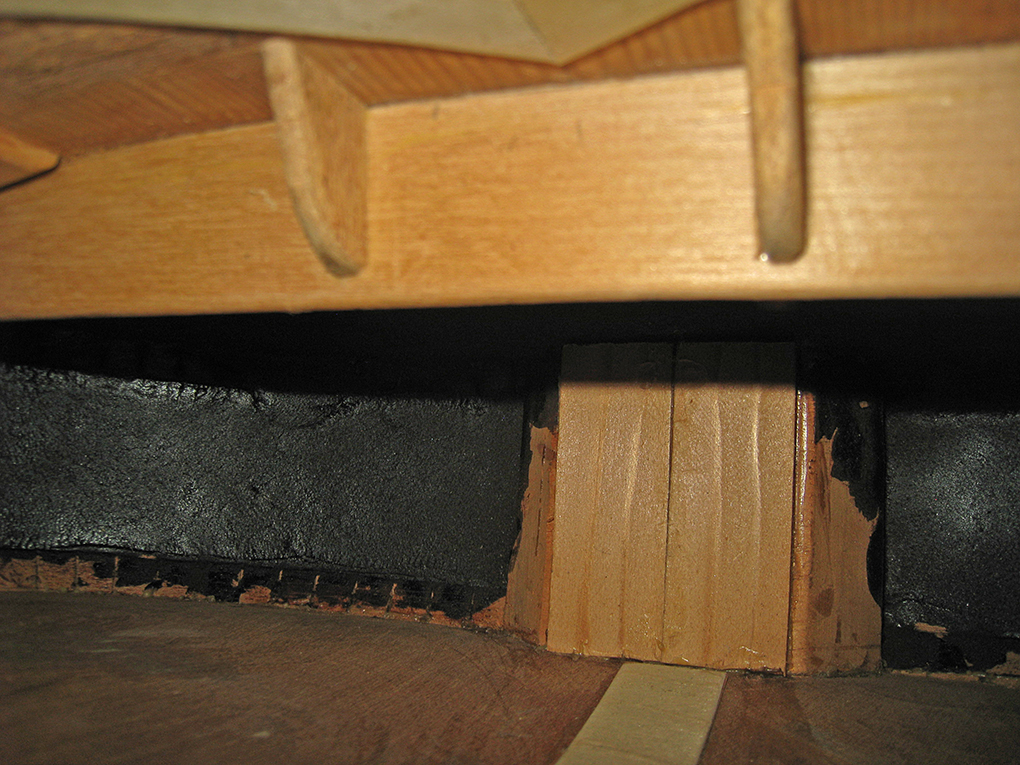
The 1907 18" Gibson Style O has a bridge plate which extends to the sides of the guitar.
The 1907 18" Gibson Style O has no braces whatsoever on the back of the guitar, only a center strip, but extremely tall braces on the top of the guitar, forward and back of the soundhole, plus a thin strip behind the bridge plate.
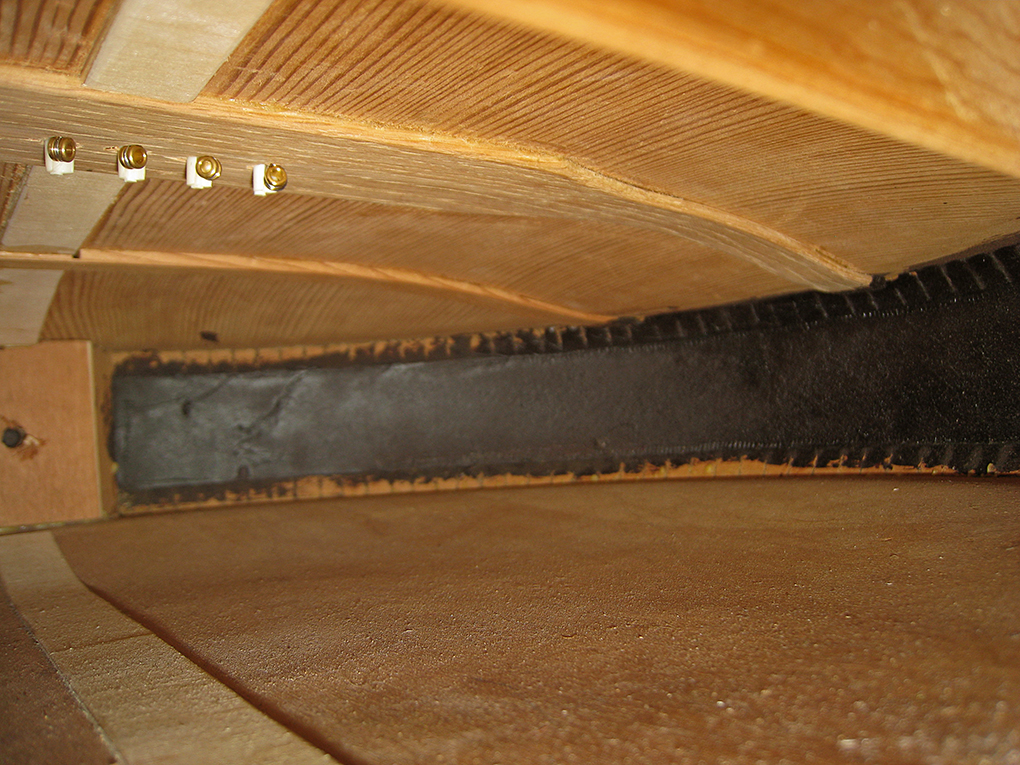

1907 Gibson Style O
Serial Number 7872
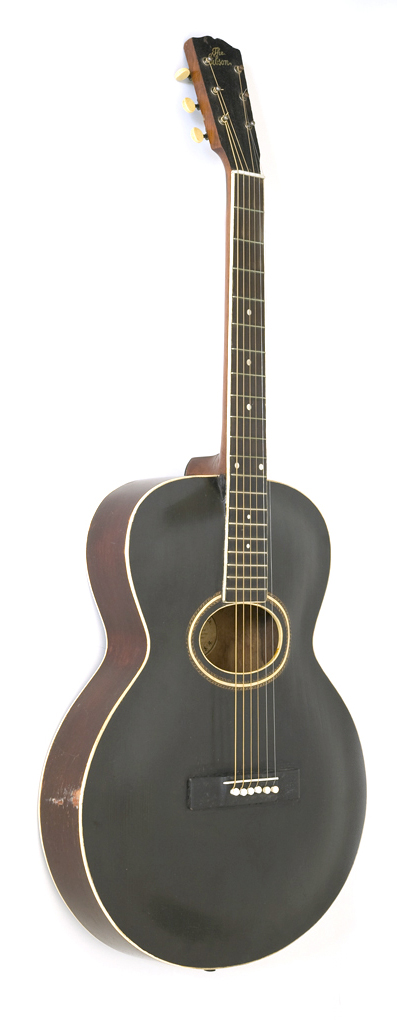
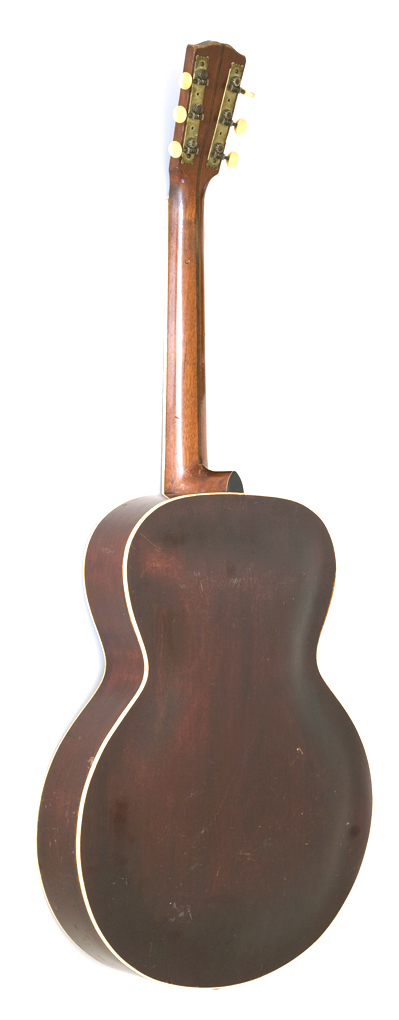
This example has unique supports inside the guitar on either side, running from front to back, and a bridge plate which is long, but not extending to the sides.
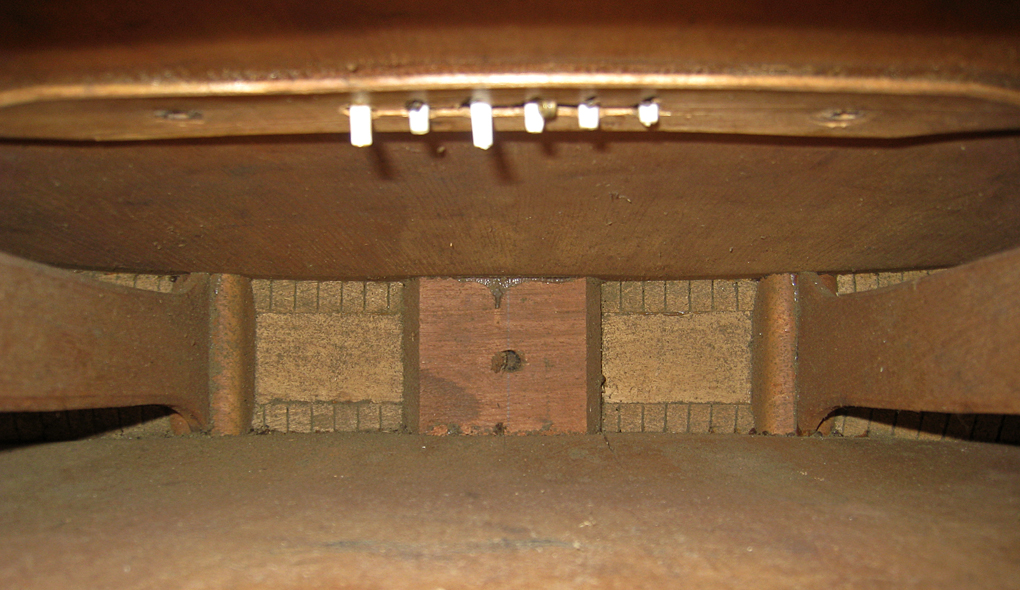
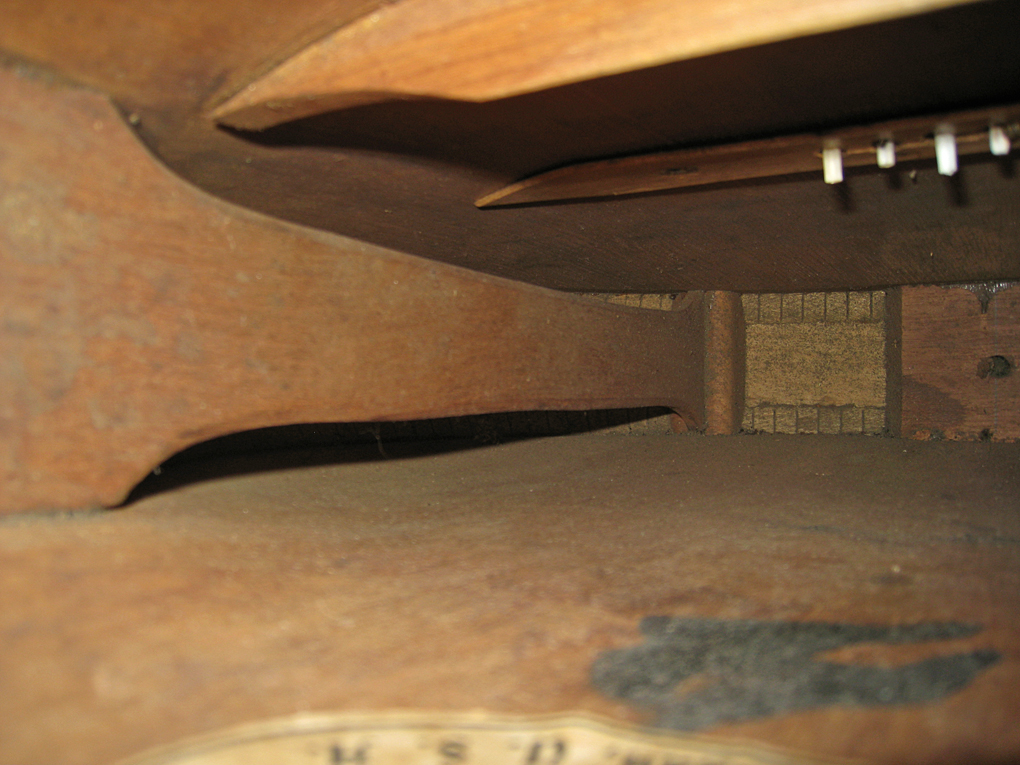
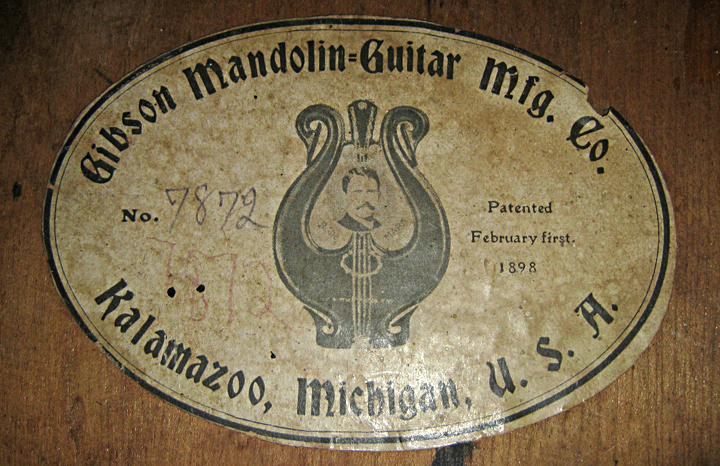
Instruments Made by
Gibson Mandolin - Guitar Co.
1916 Gibson Style O "Artist" Guitar
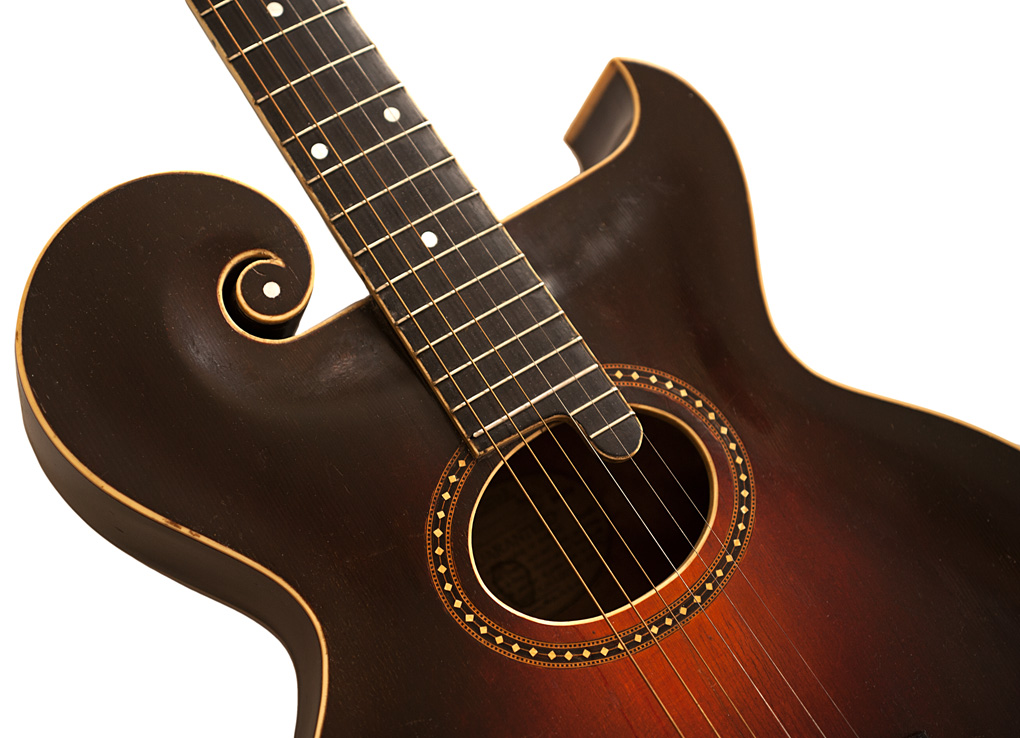
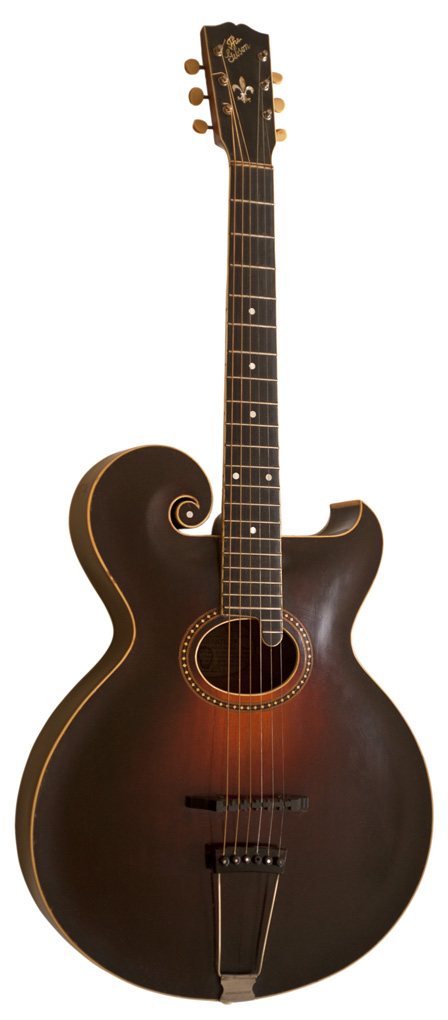

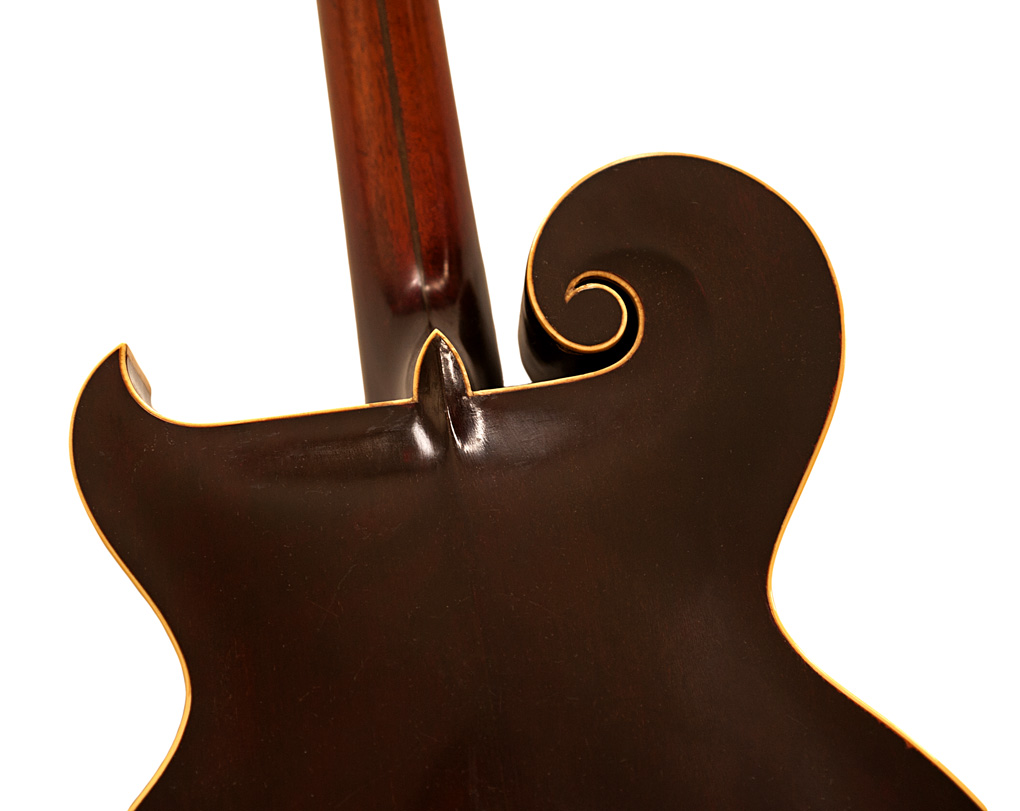

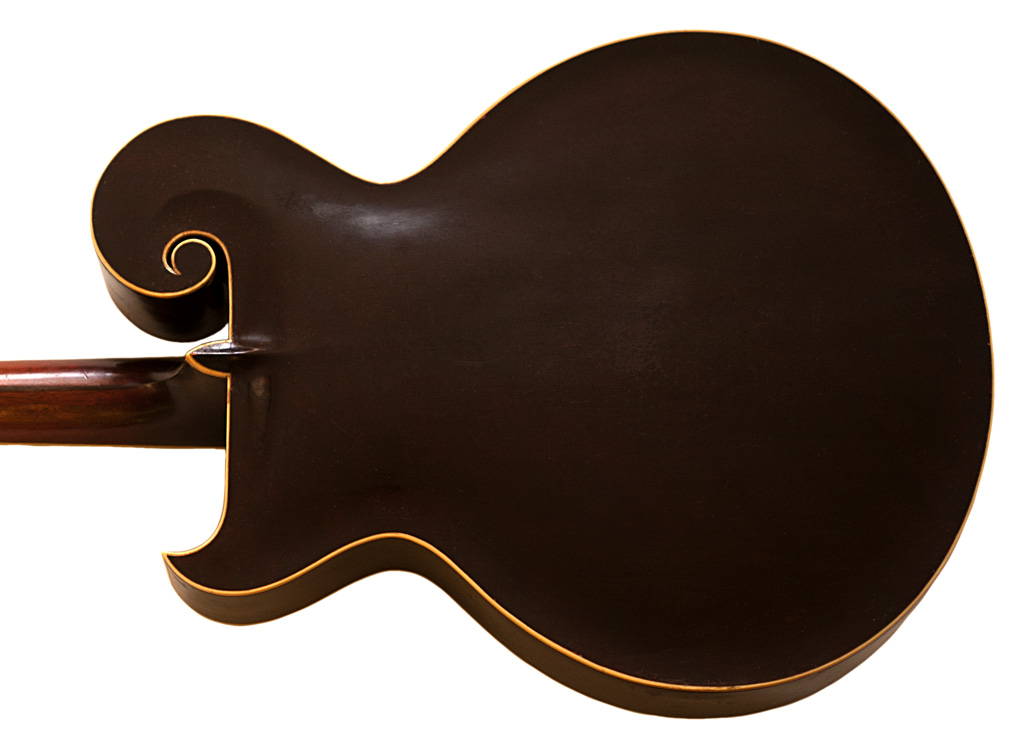
1926 Gibson L1
The first flat top Gibson, still with arched back, often made of local Northern Michigan Beech.
After 1926, Gibson flat top guitars had a flat back as well.
The Gibson Company did not think highly of flat top guitars for many years. In fact, while Martin had been making flat top guitars in America since 1833, Gibson built their first flat top guitar some 93 years later.
Gibson did not change body shapes often. The shape of Orville Gibson's first archtop was used for their jazz guitars decades later, and the form of the L-1 archtop was kept for the first flat tops, and remained the primary small body shape until the 14 3/4" body was introduced as the 1920's came to an end.
The first examples had H-pattern top bracing.
By 1928, the L-1 had an unbound soundhole, belly bridge, and sunburst top finish.
Note the pyramid style bridge, similar to that used on early Martin guitars.
The slanted logo remained in use until it was replaced by a straight logo briefly in the late 1920's, before transitioning from "The Gibson" to "Gibson".
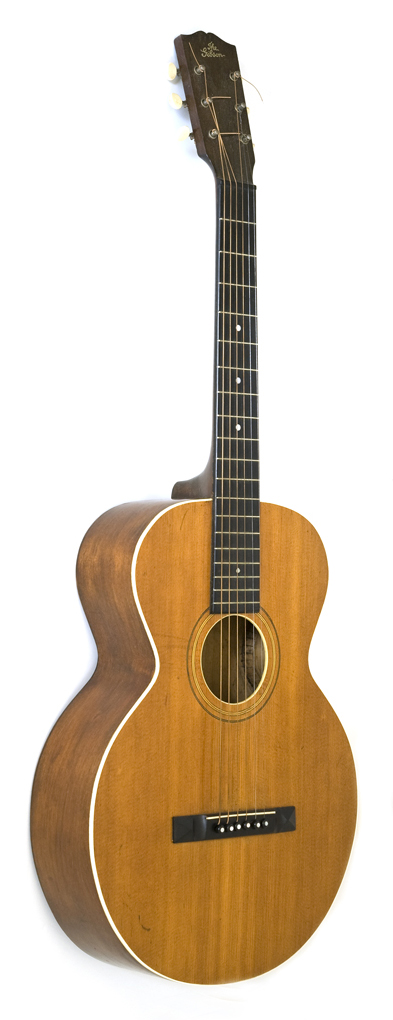

To see Robert's new web site illustrating the development of the post-Orville Gibson Guitar, visit:
oldgibson.com
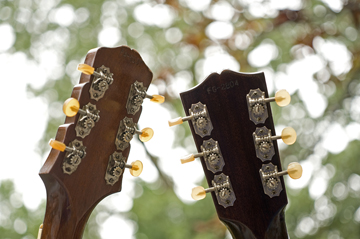
To see Robert's new web site illustrating the development of the Martin Guitar, visit:
vintagemartin.com
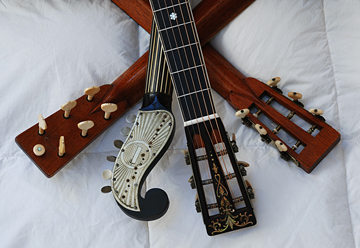
To See Robert Corwin's Classic Photography of Folk and Roots Musicians, visit:
robertcorwin.com
For Information on Photography for
Exhibition, Publication, CD's, Promotion, Web Pages, Tour Books,
to Purchase Photographic Prints, or
To Contact Robert with Questions About An Early Martin Guitar:
e-mail: Robert Corwinentire site copyright ©1998 through 2015 Robert Corwin/Photo-Arts. All rights reserved.